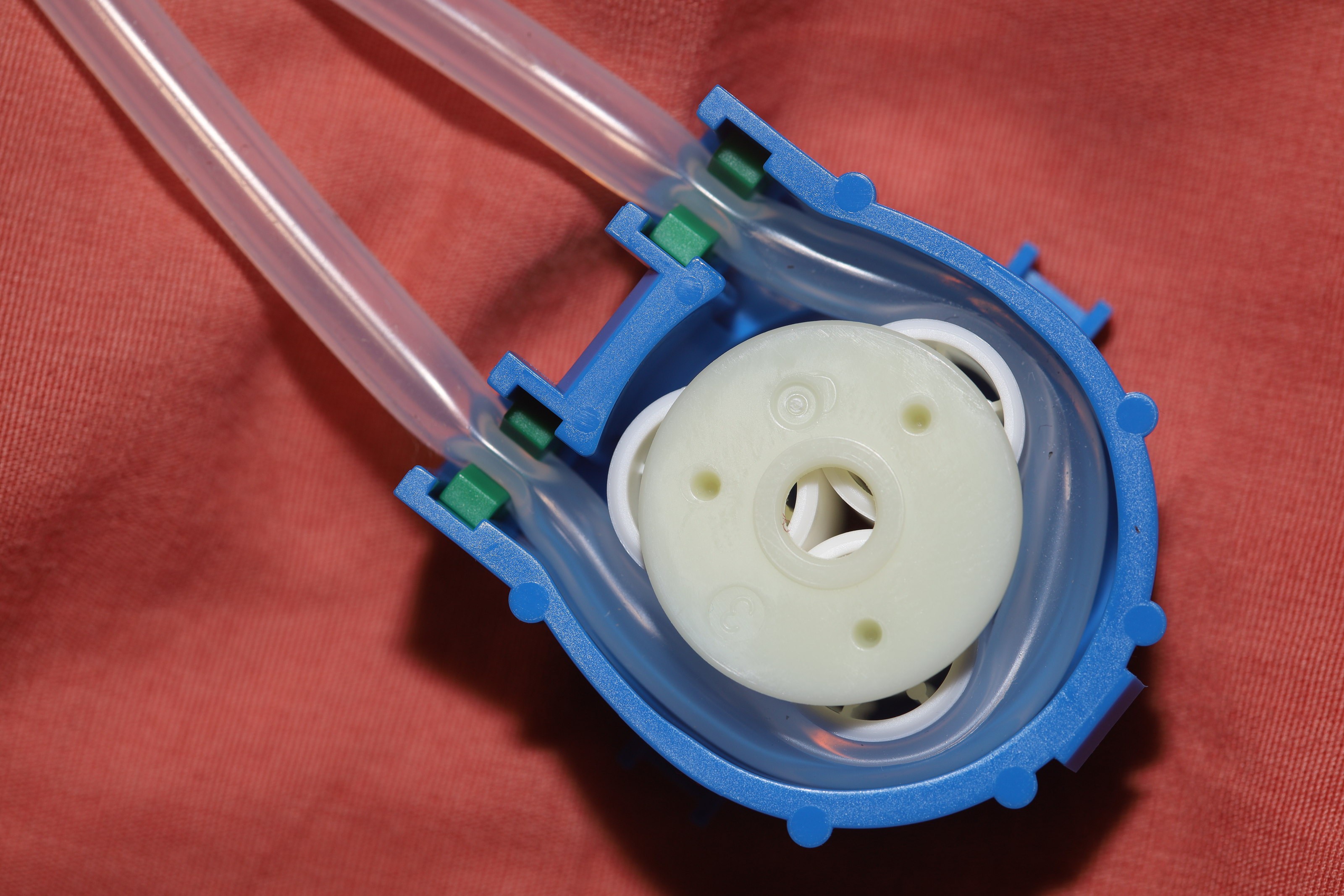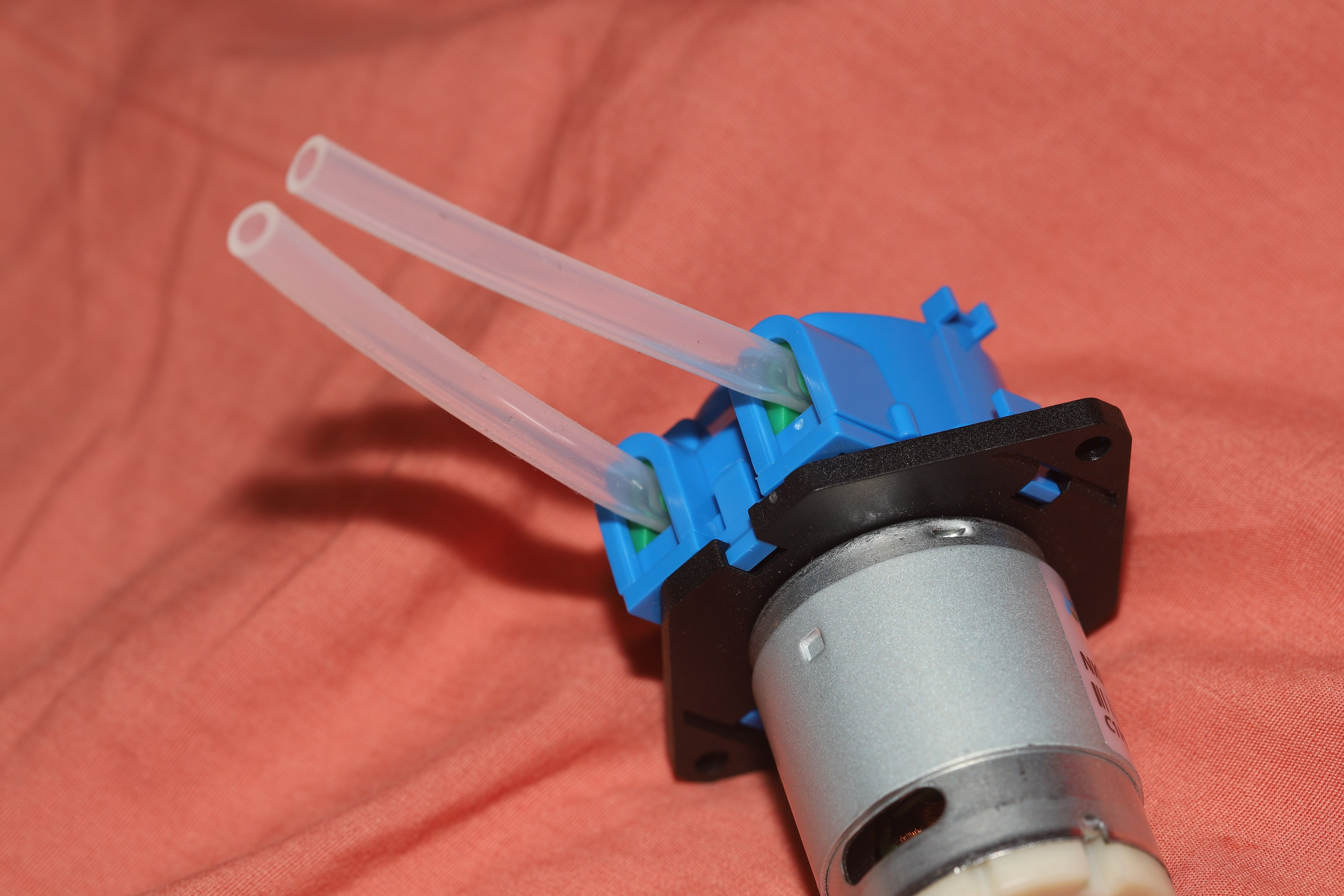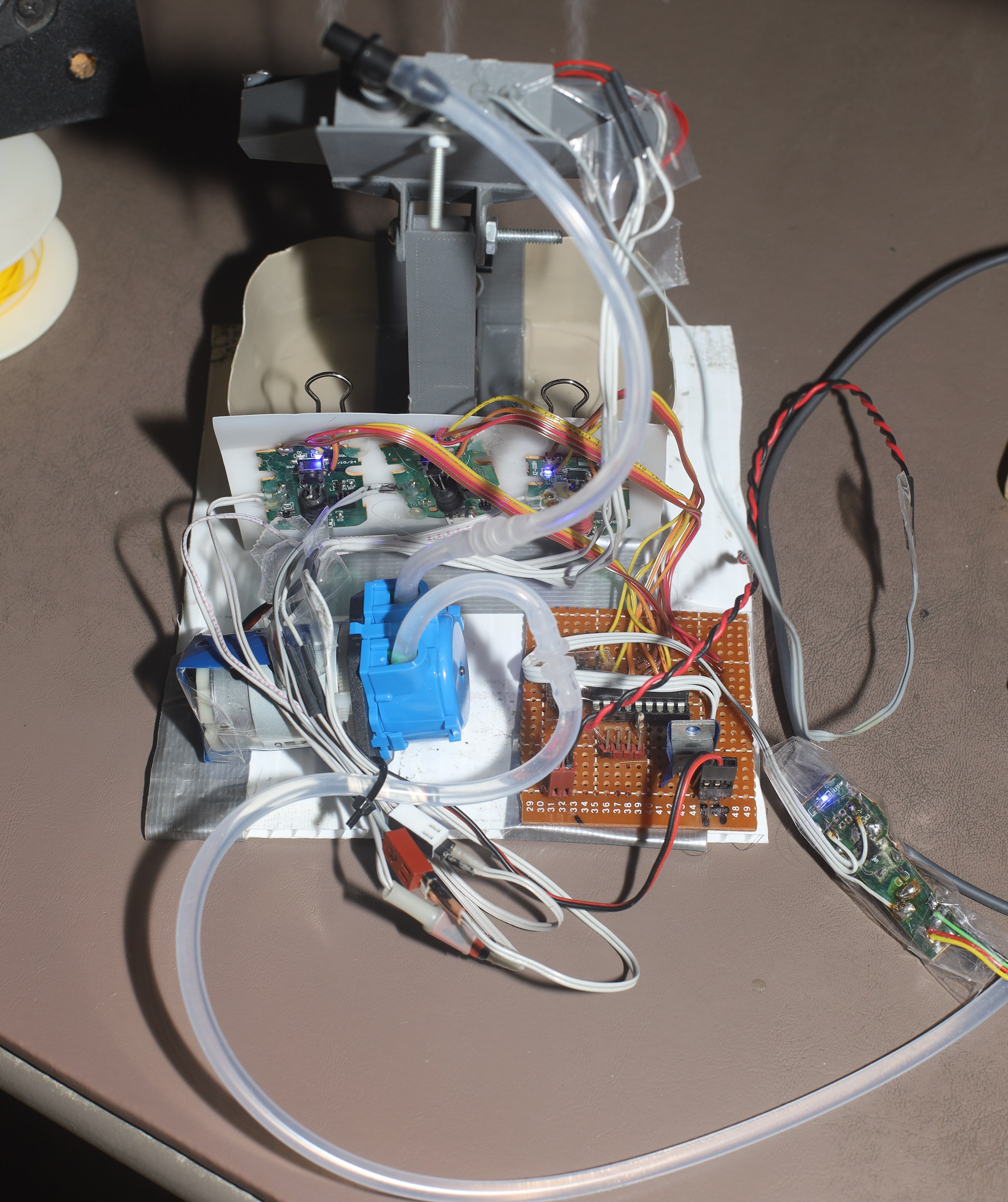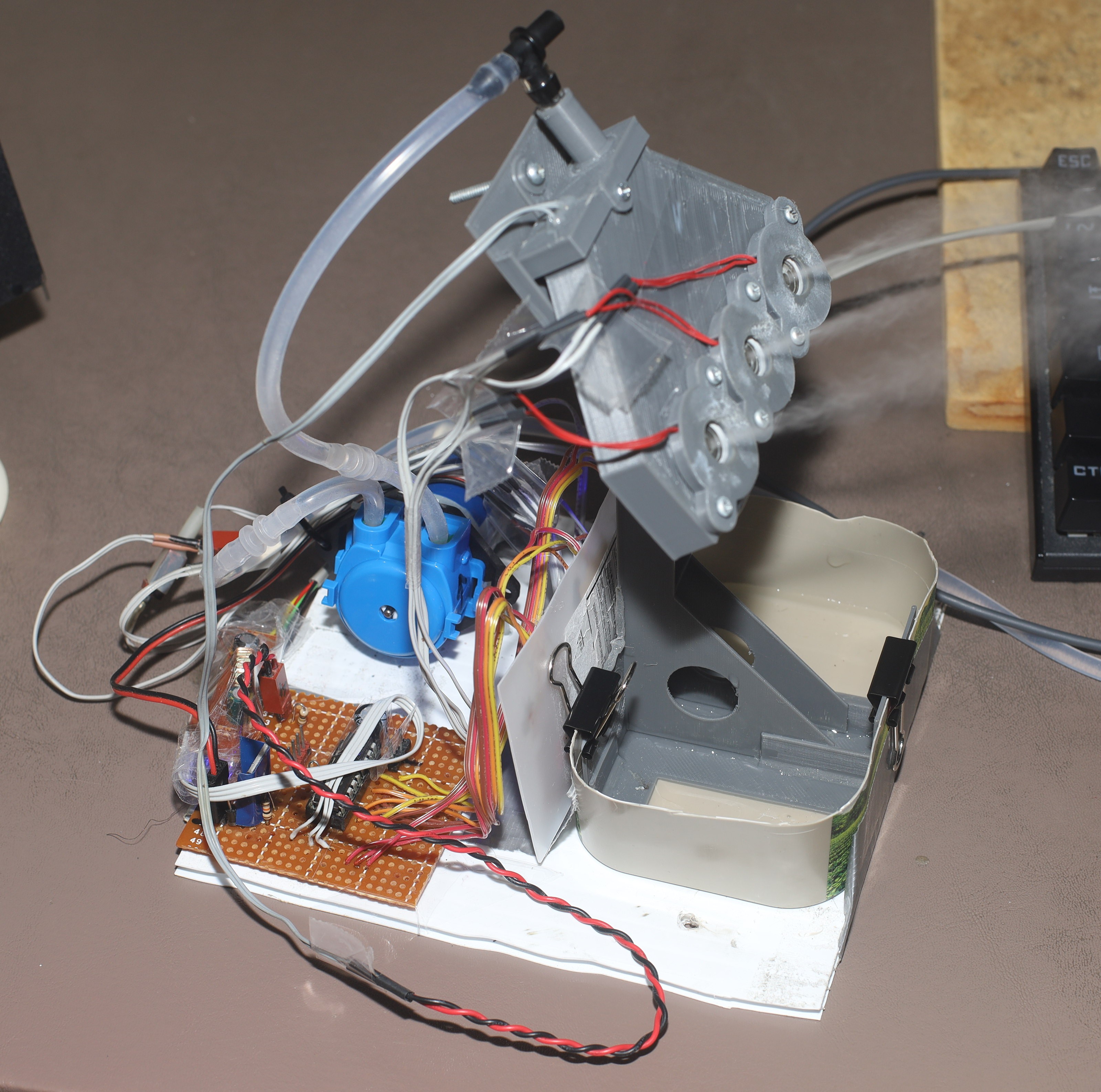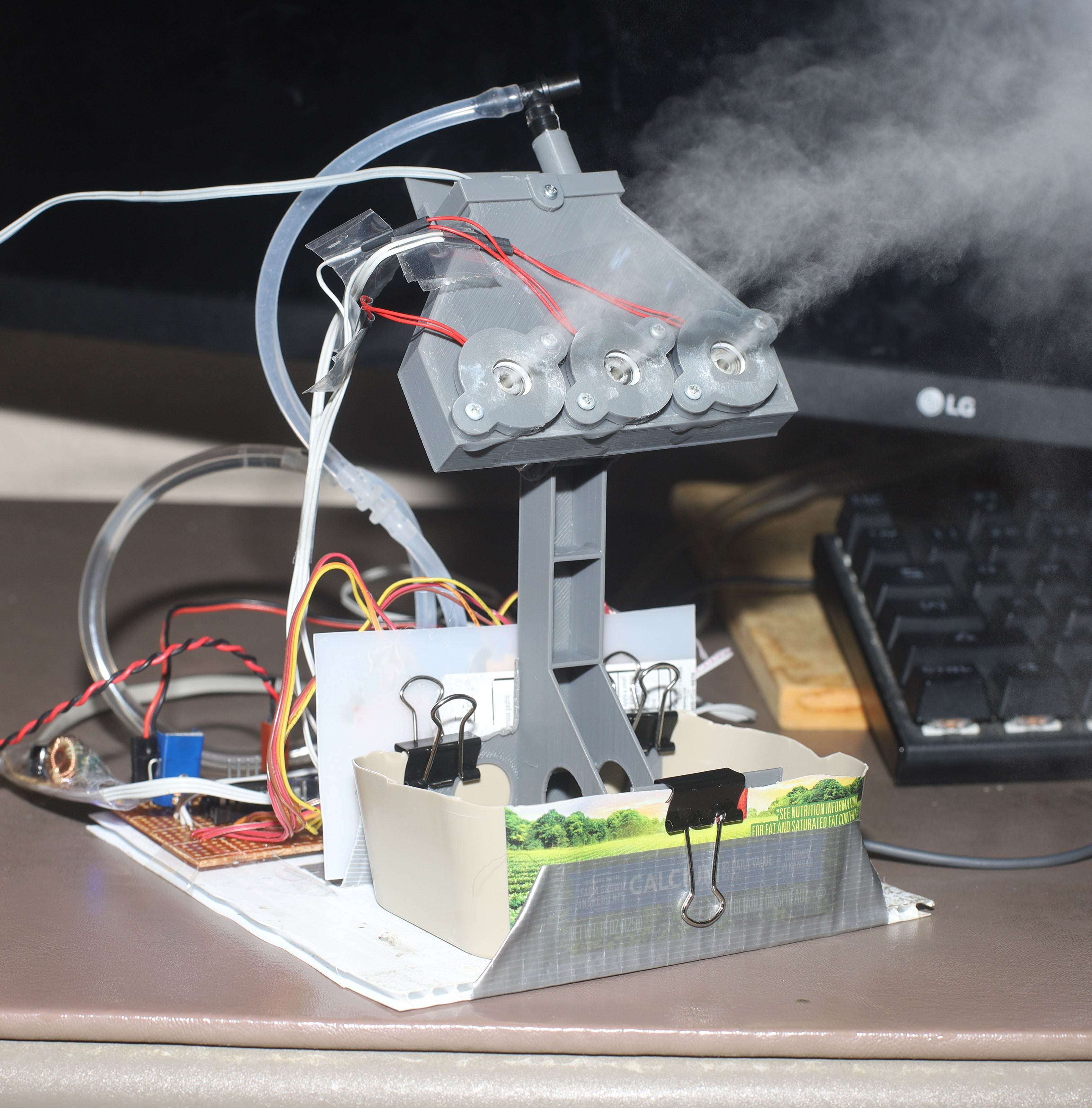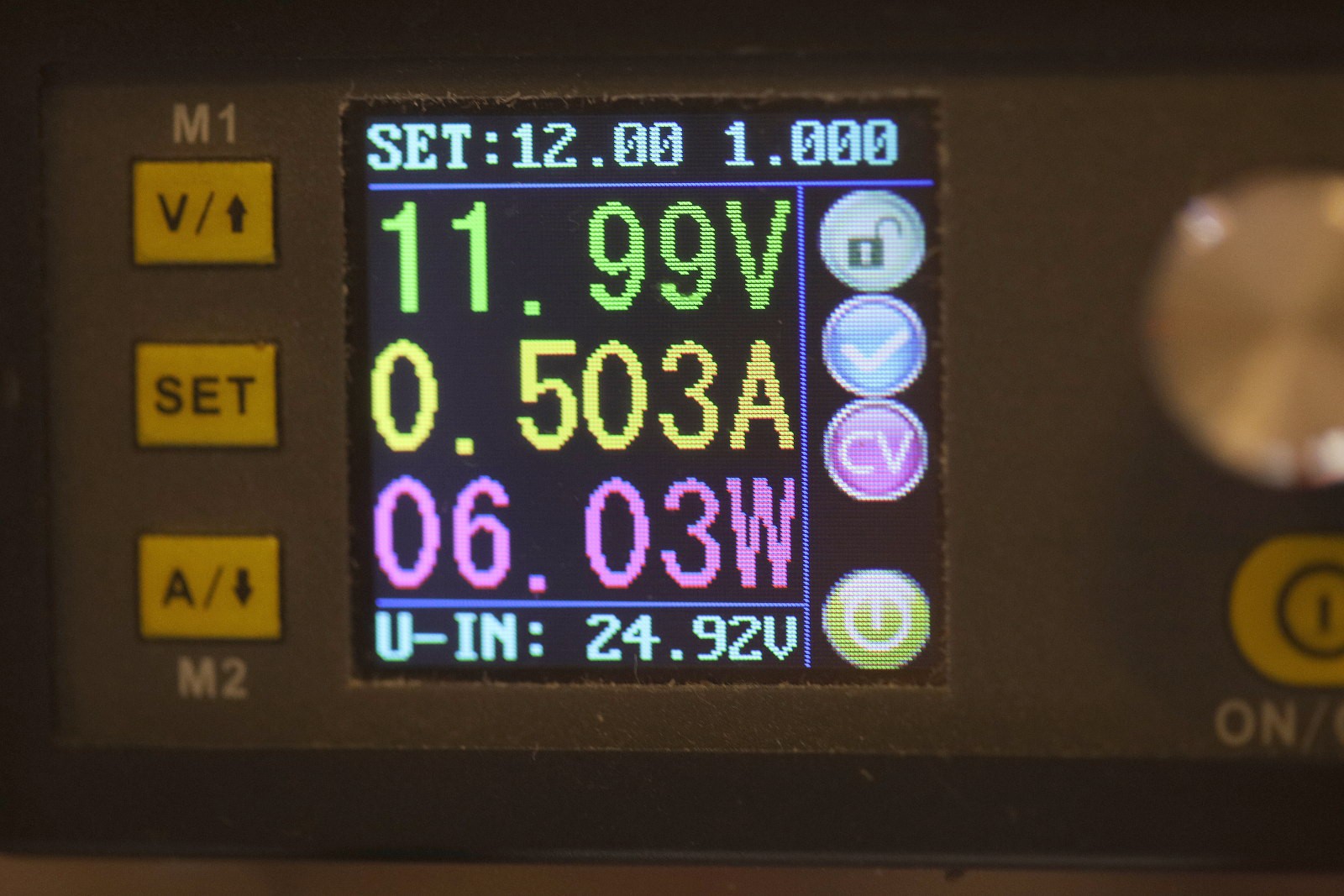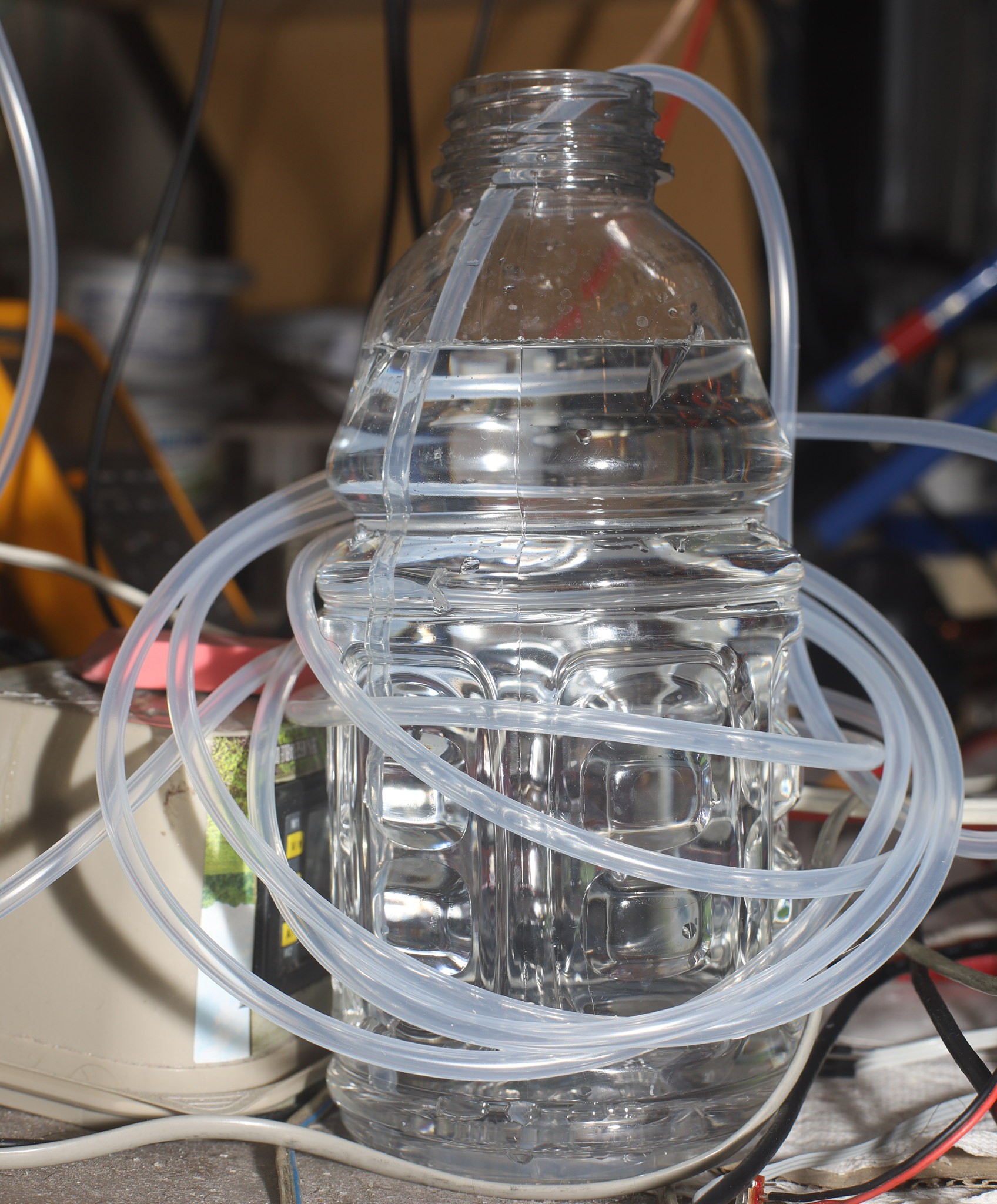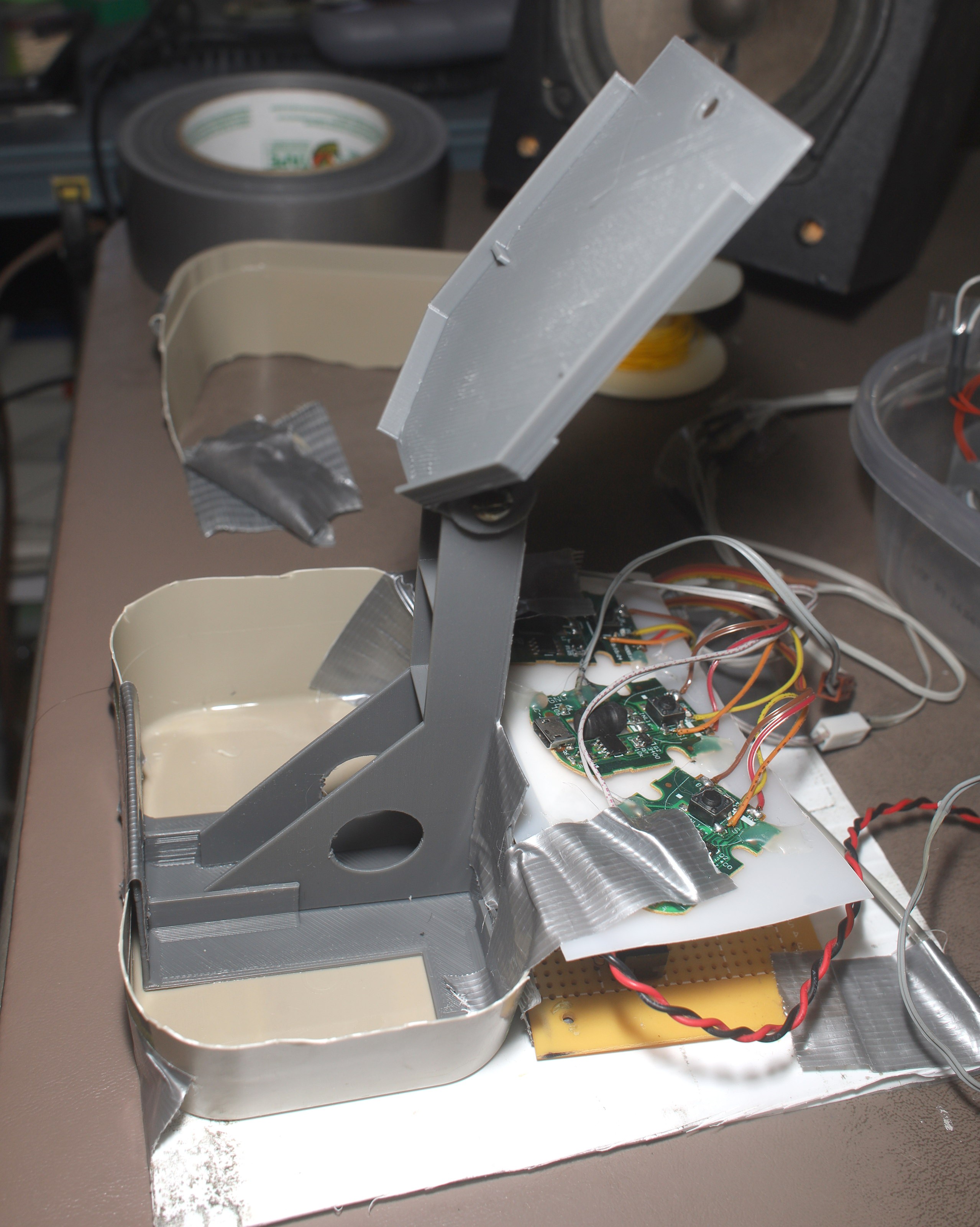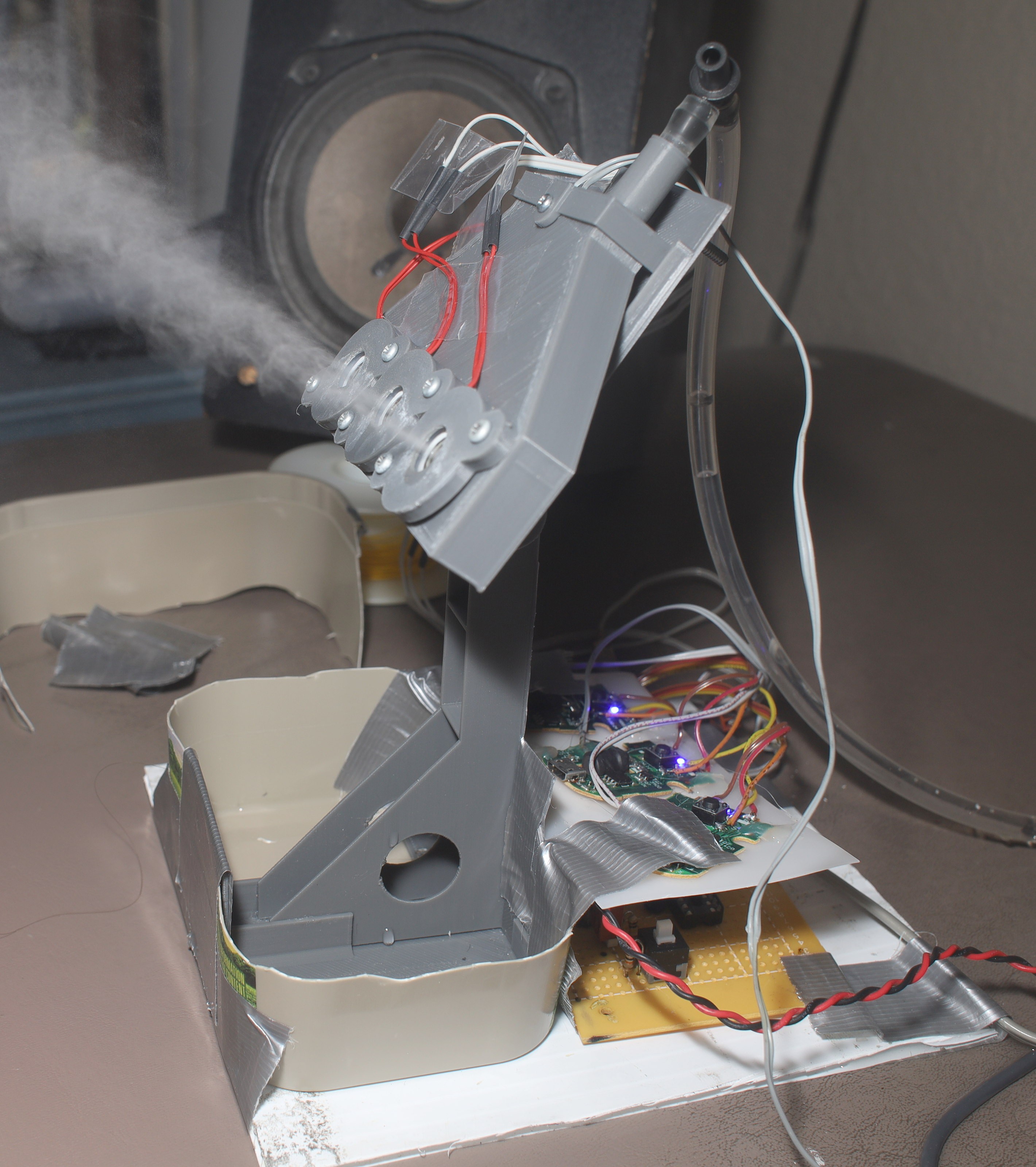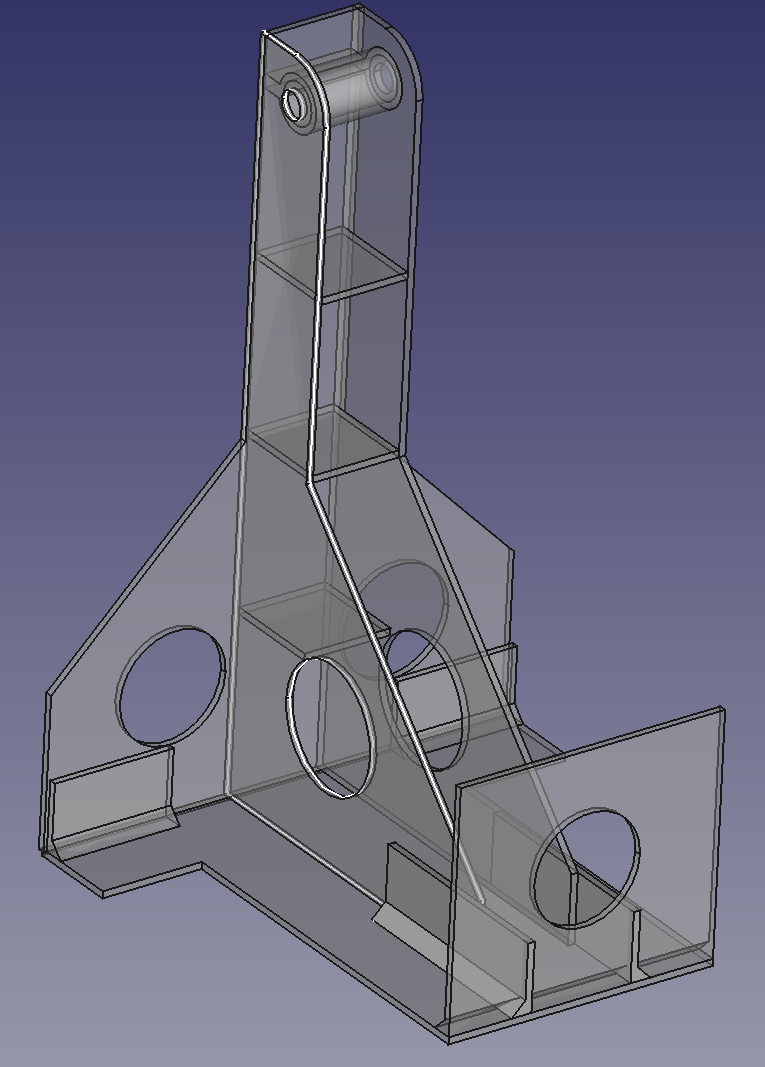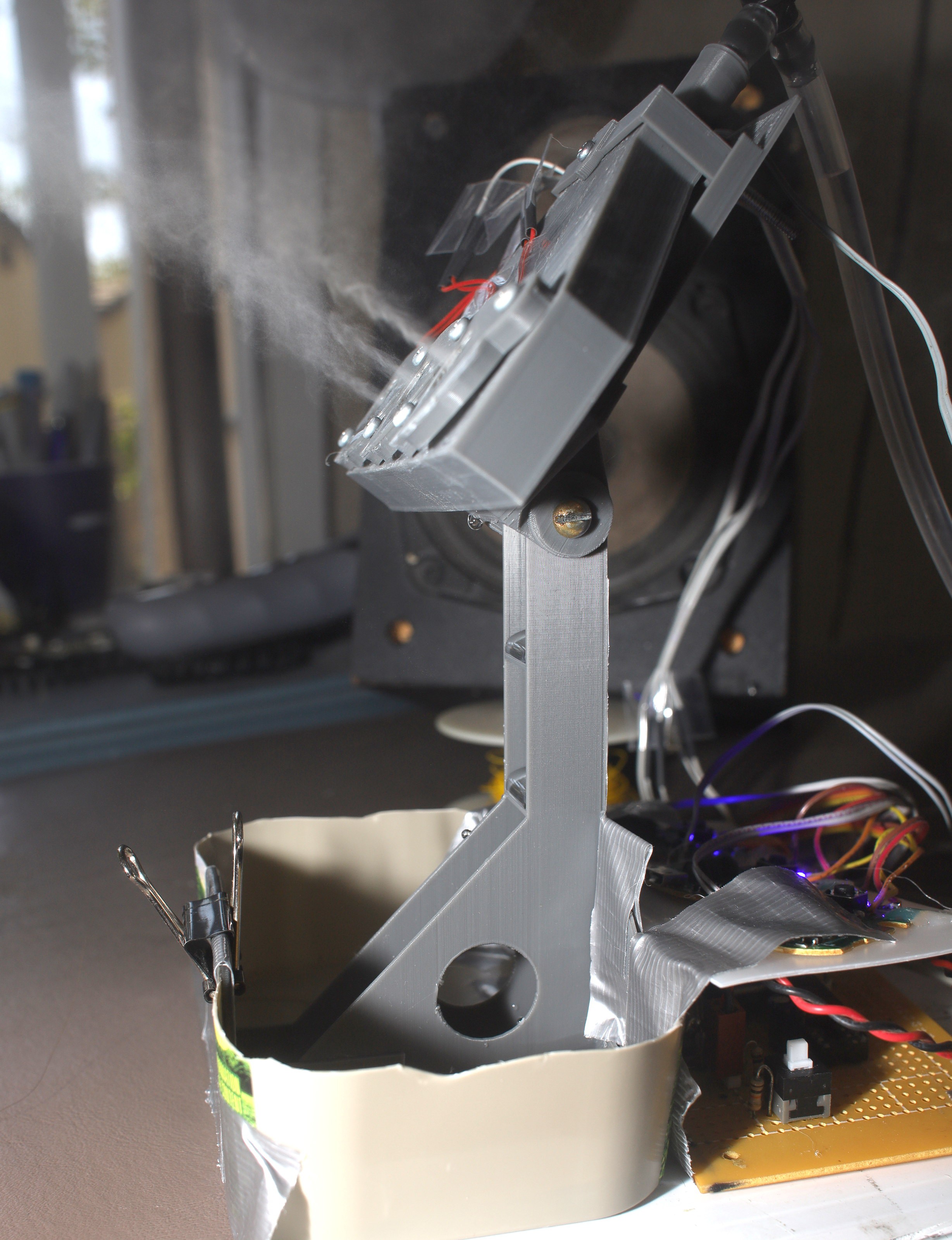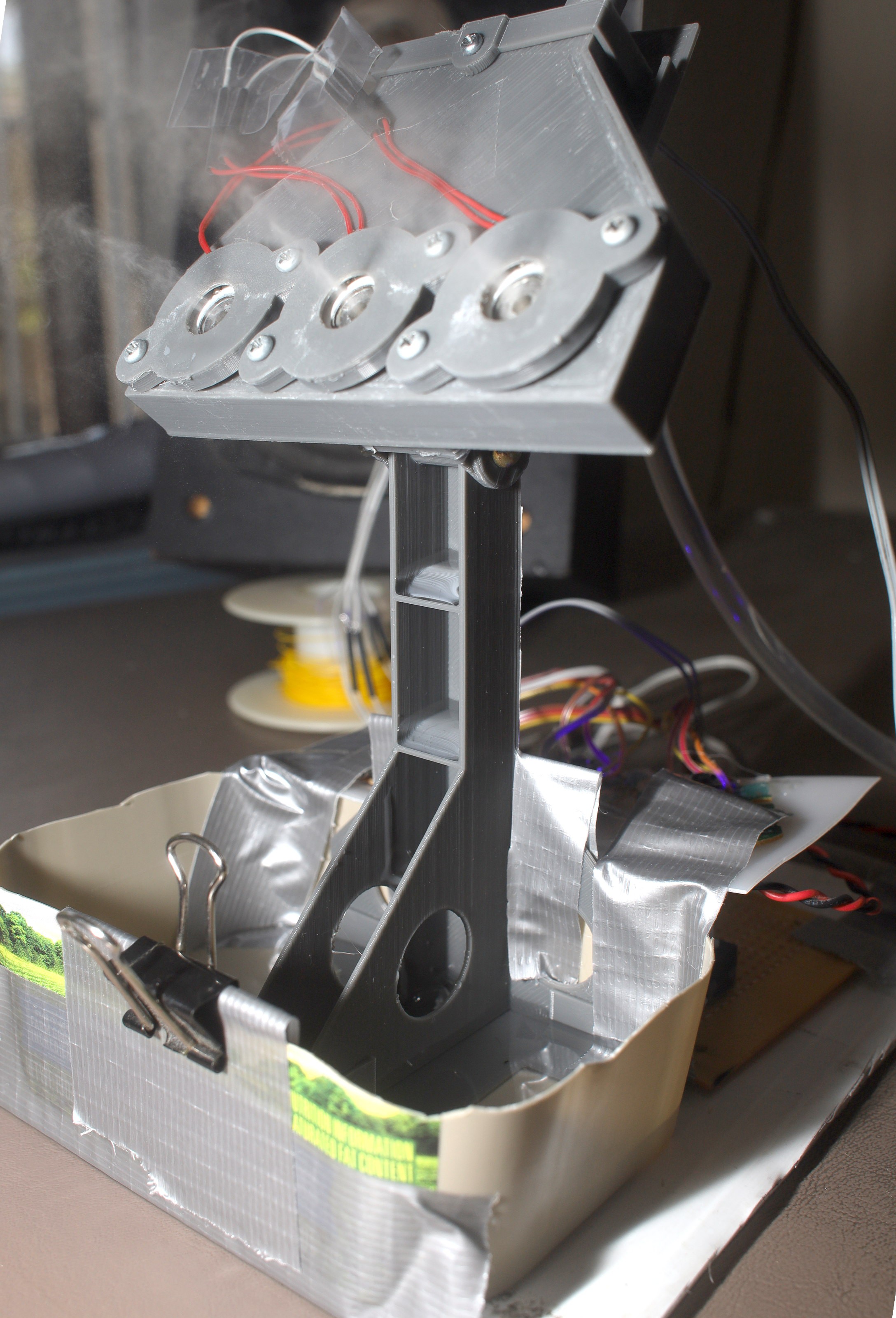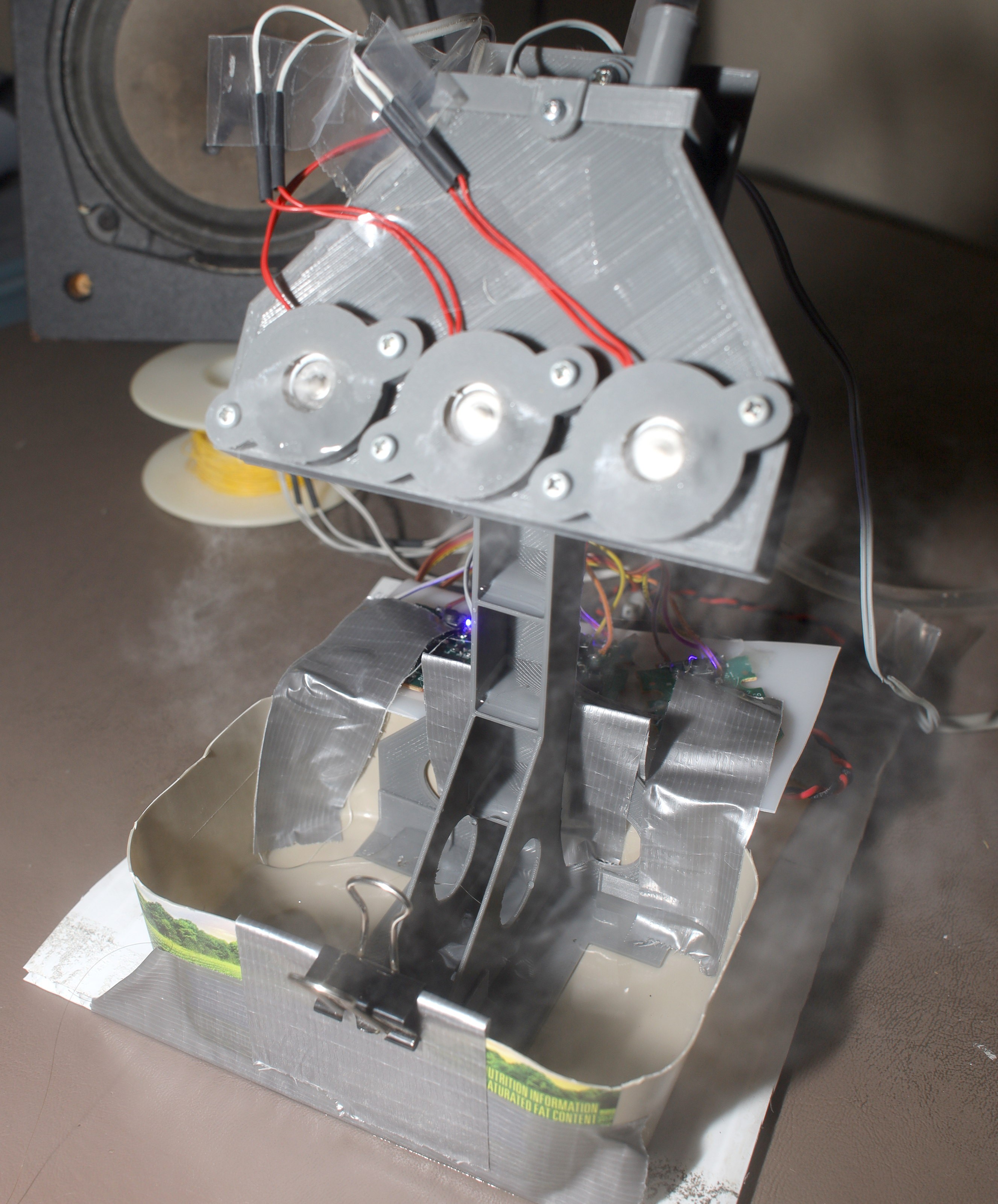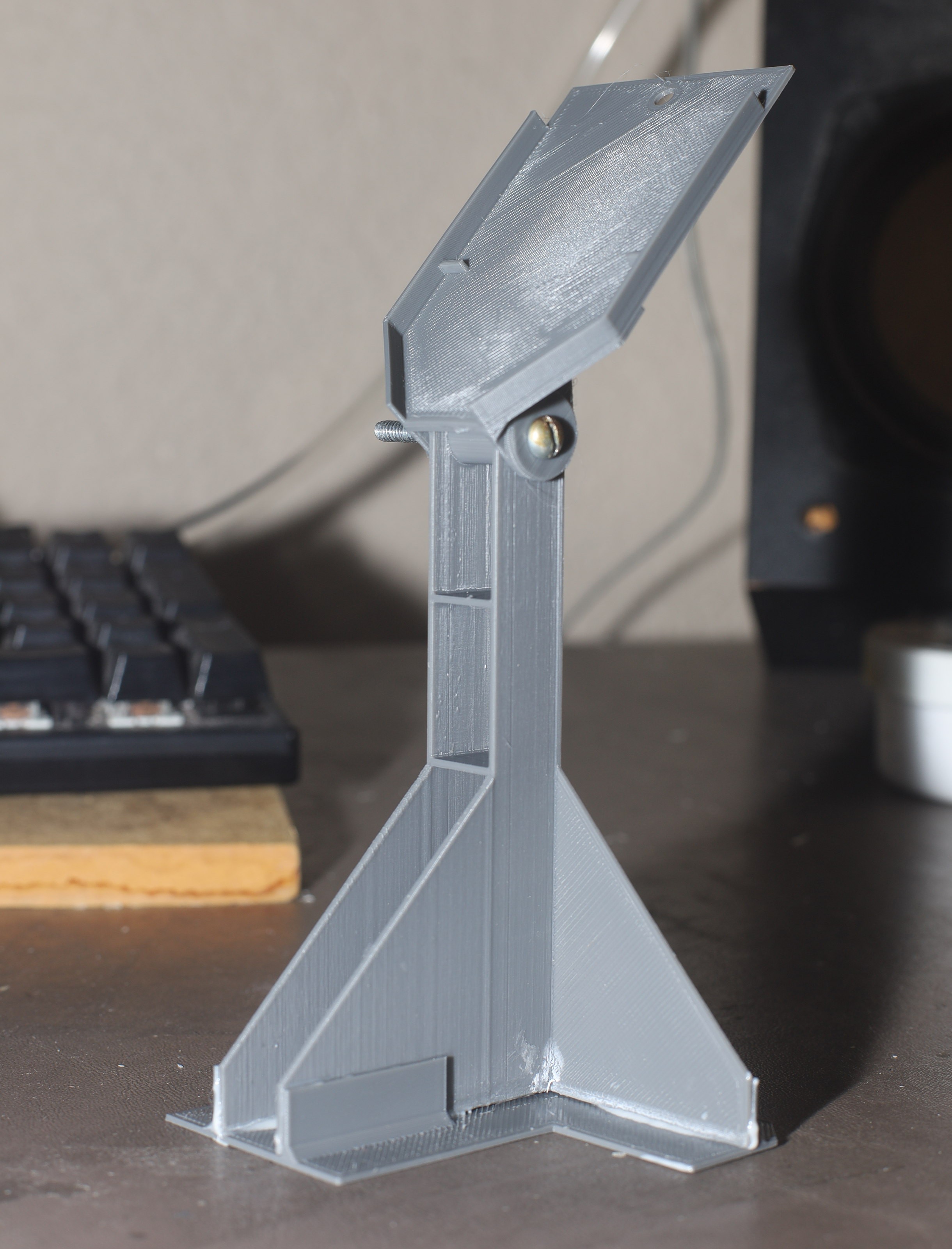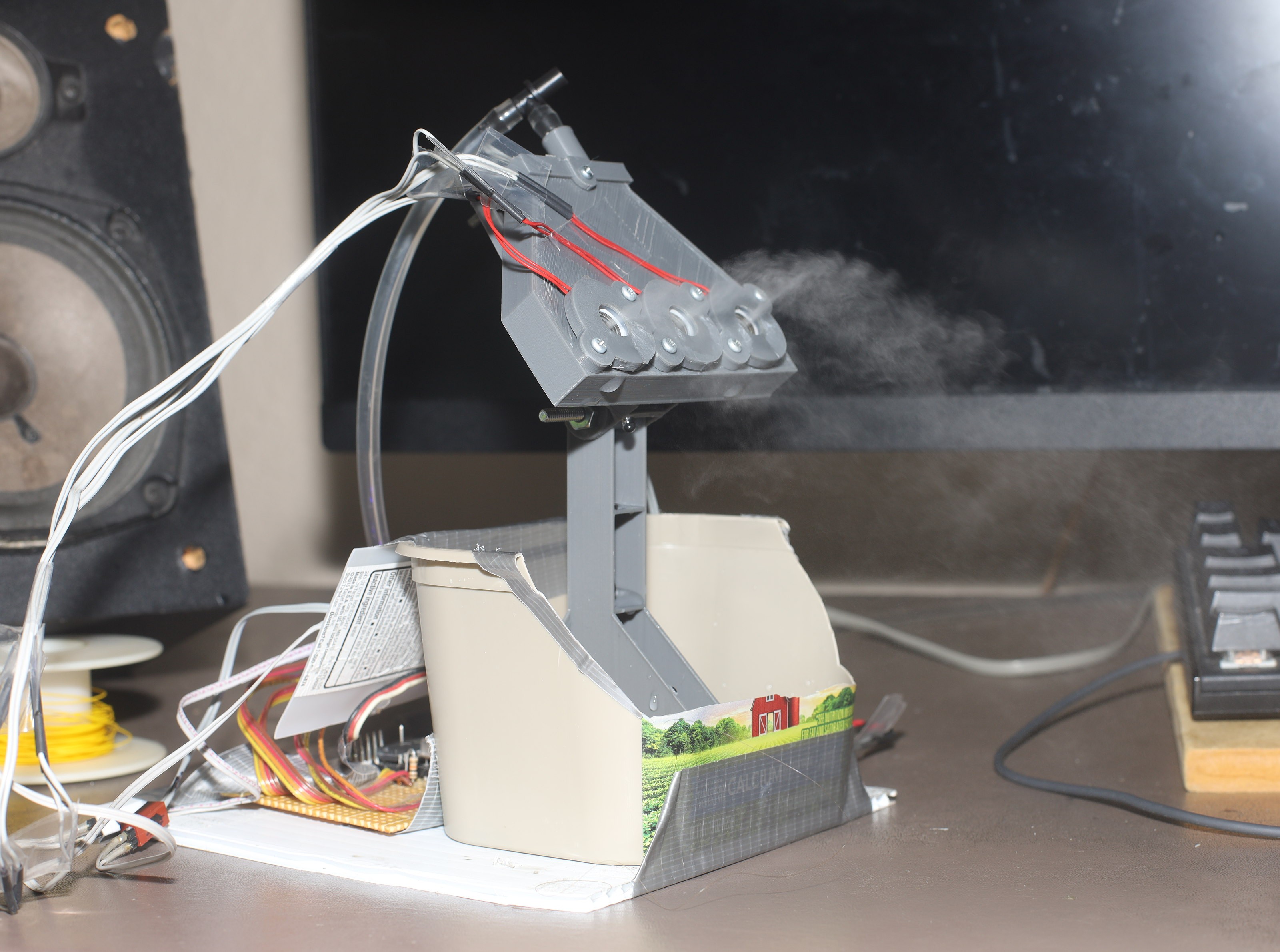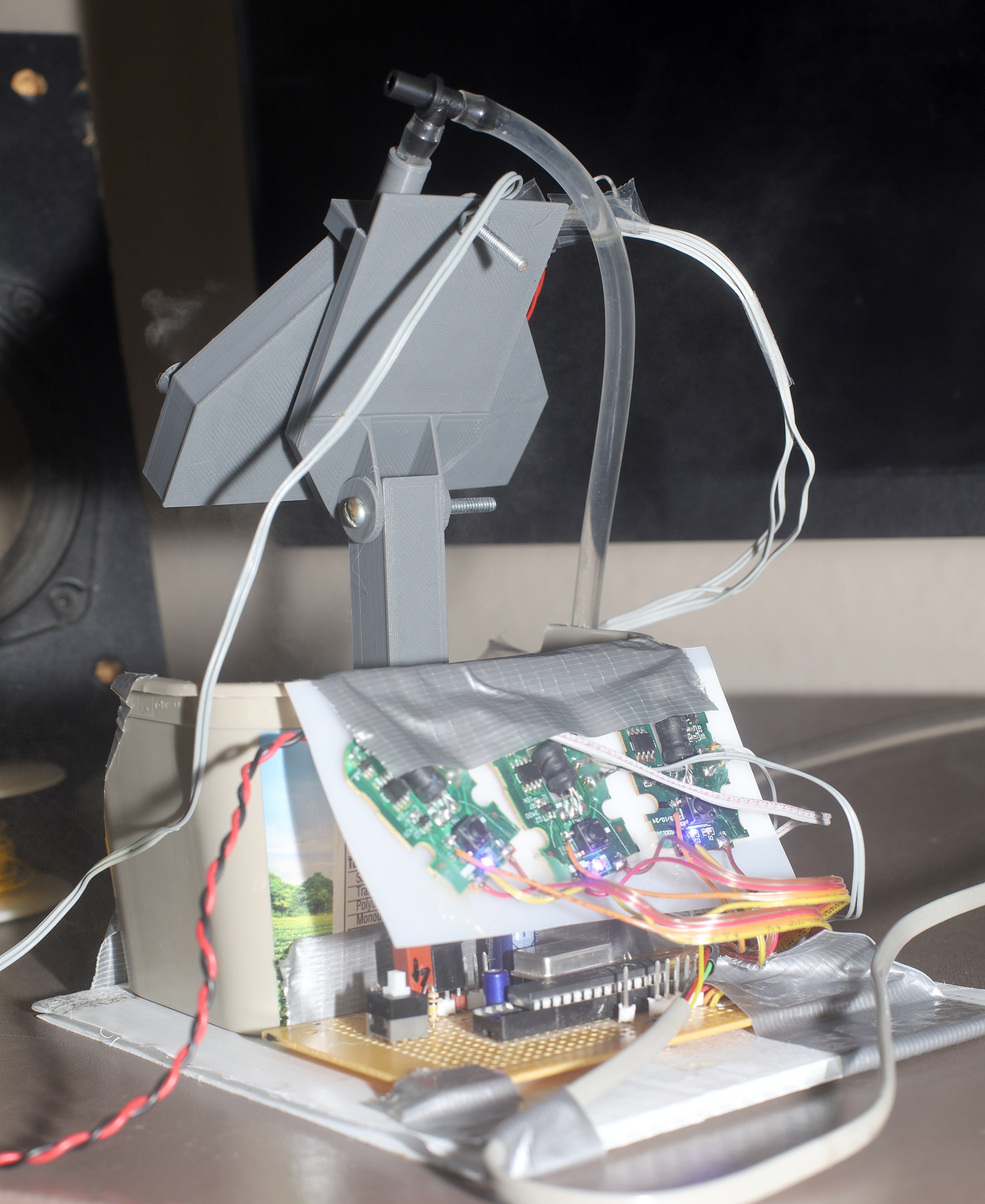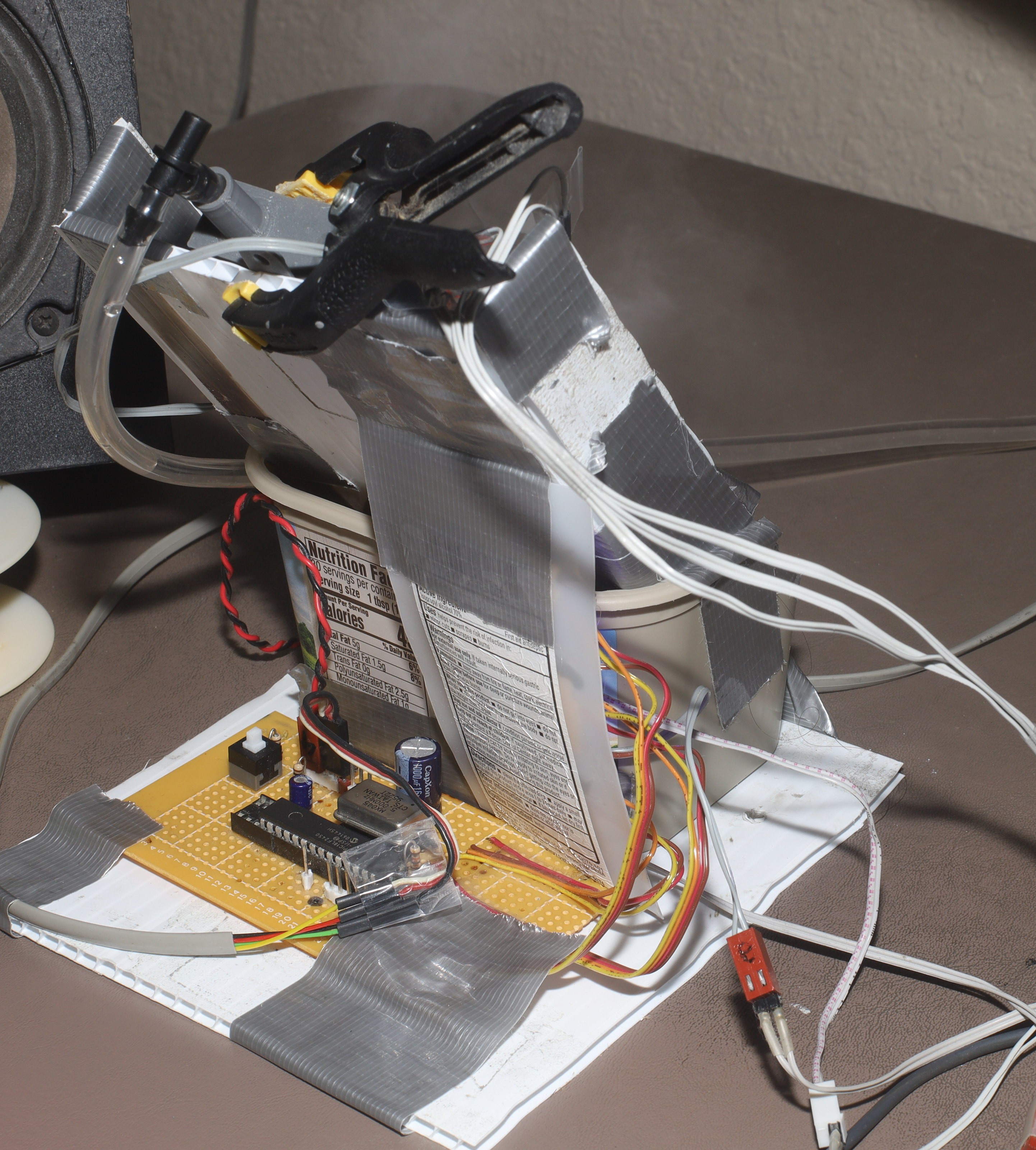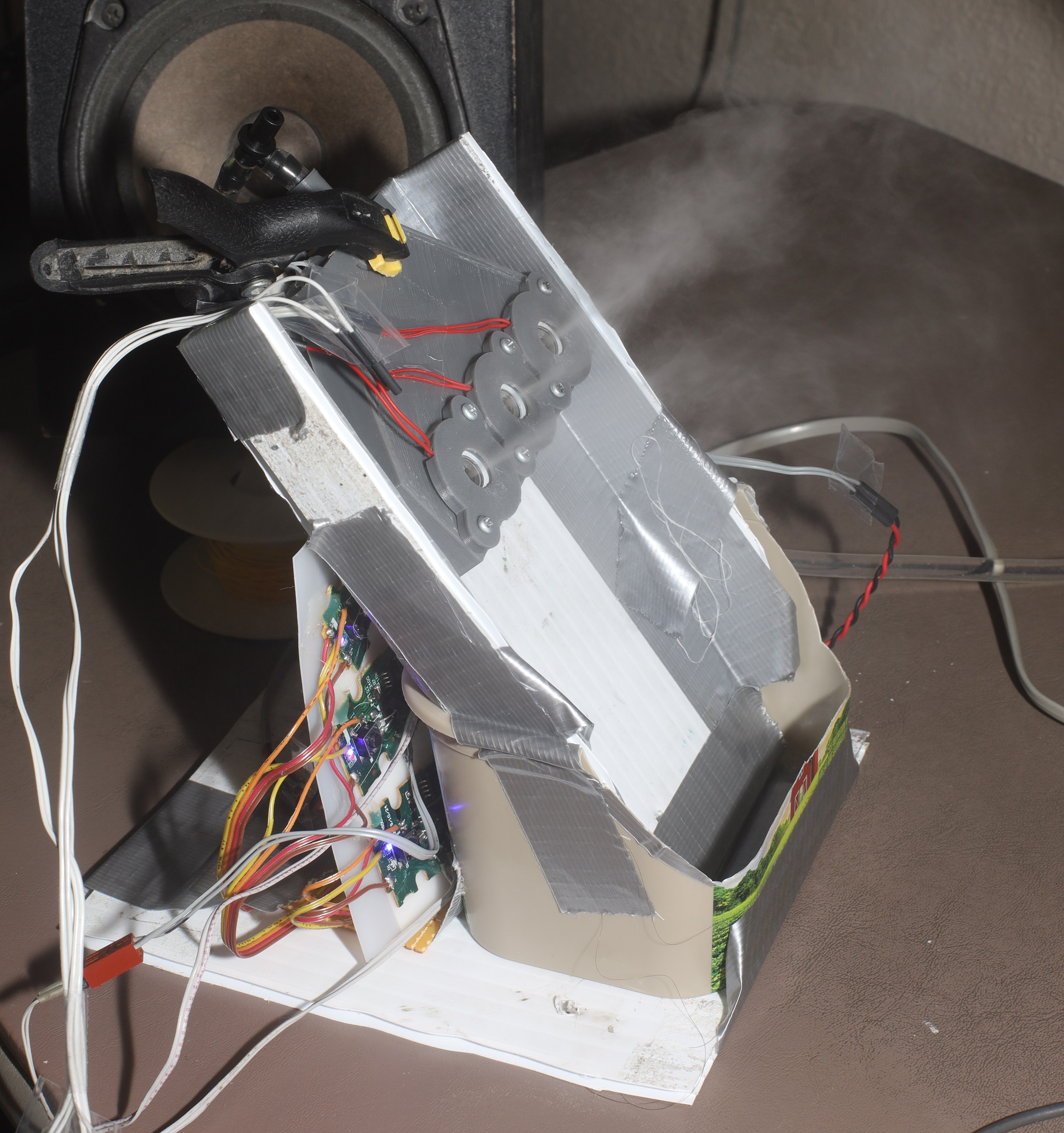-
The great heatwave of 2022
08/12/2022 at 03:20 • 0 commentsThis proved its worth during the great heatwave of 2022.
![]()
Outside - inside temperatures tell the tale of heat turning into water vapor when compared to the days before swamp cooler. Higher is better.
![]()
Comparing the great heatwaves of 2020 & 2022, the humidifier kept the inside 2-4 degrees cooler than what it would have been. Indoor temperature peaks happened during the driest time of day when the humidifier is most effective.
Humidity with the swamp cooler on was 20-30% during the evenings. It would have to be turned off during the mornings, when humidity hit 38%.![]()
The ideal position is right on top facing forward. Lacking a place to mount it, the next best place is high on the side. The problem is the airflow is clockwise so this position gets it pushed down into the speaker. A tower fan is easier to mount on top of. The current fan was a cheap stop gap solution.
![]()
Sadly, the water level sensor started routinely failing on in temperatures above 90F.
![]()
This didn't work. Water bridged the plastic standoffs. It seems to be condensation between the standoffs in higher temperatures rather than incoming water clinging to the lid. It might also be shaking of the desk splashing water on the standoffs. It's going to need a more clever standoff design, since the spacing of the electrodes is proving enough.
Perfume & essential oil leave a lot of residue.
![]()
A 5 gallon tank is your biggest ally in global warming, but lions only filled it to 1 gallon for fear of a leak. The humidifier stayed on all night during the great heatwave of 2022. It would not be affordable to add fragrance to these quantities. Some highly desirable features are reading the hygrometer, turning off when humidity is over 38%, a timer for using a 32oz tank. Lions seem to fall over above 38% humidity.
-
The truth about vanilla
07/17/2022 at 21:28 • 0 commentsA few days revealed why vanilla is cheap. It's just corn oil. It made everything smell like popcorn, depending on the concentration.
![]()
Got every perfume in the Bidie buck store. The sprayers are good enough that prying them off & developing stoppers won't be necessary. They all say flammable but the amount of dilution should defeat the problem. Anything is better than eau de apartment. The apartment started out smelling like indian curry. We've come a long way.
The weak link was #24. That smelled like orange juice. The rest smelled great in the swap cooler, as well as the legerdemanne. They're much more diluted than expensive stuff.
![]()
The floor fan was replaced by a desk fan. The optimum placement of the swamp cooler is right in front of the fan, pointing diagonally into the fan. It can't spray from behind the fan without condensing on the grille. Ideally, the water collection bin would be right below it & the whole thing would be on a big stand so it could go higher.
![]()
There is now algae growing in places where the PLA is slowly leaking & water tends to accumulate. There is a slowly evolving design for a new enclosure. The mane problem is creating a taller stand for use with the desk fan.
The hydrometer allowed a big increase in use of the humidifier. Lions have had much better skin since the hydrometer arrived.
-
Essential oil
06/15/2022 at 04:29 • 0 comments![]()
The lion kingdom added a 2mm puddle of perfume on the bottom of the gatorade bottle & filled it with water. $1.25 store perfume in the swamp cooler is quite pungent, but it didn't clog it. It already handled tap water without getting clogged. The mane problem is extracting enough perfume from the dispenser. The best solution is peeling off the spray device & fabricating a stopper for it. The glass bottle is easy to pour.
![]()
The $1.25 perfume ended up being a surprisingly powerful sedative. Lions never knew anyone who wore the mind numbingly sleep inducing perfume of school classrooms & always figured it was super expensive. That super expensive perfume would still be ideal.
$1.25 is believed to last about 30 hours, so it's still not free in lion terms. It's probably equivalent in odor per price to incense. It can't be thrown away like water. In order to get the right concentration, the diluted form can't be refilled until it's empty. It needs a bottle top if it is to be stored in the diluted form.
After using up the perfume, the next experiment was air wick, the cheapest essential oil made.
![]()
![]()
These are intended to be heated & evaporate passively. The wick & plastic piece can be removed with some prying. The oil can then be poured out. The oil can't be poured out if the plastic is still in place. The same concentration as perfume yielded an acceptible odor but didn't clog.
There is a case for making a 45 minute timer to run it instead of incense at night. It would use a lot less space than incense, but it would be too cold in winter.
-
Swamp cooler returns
05/20/2022 at 00:08 • 0 comments![]()
![]()
Fired it up again, manely as a humidifier for exceptionally dry air rather than to cool the room. 2021 onward were characterized by persistent offshore flows. The marine layer of the historic climate is all but gone.
![]()
A very expensive indoor hydrometer was built to know when it was safe to print TPU & to know what effect the swamp cooler has on the air. The AHT20 board is a waste of money. There are fully assembled hydrometers for a lot less money which can be scavenged for parts. The mane desire was a larger display.
The swamp cooler ended up adding 5% when there's no ventilation. When the room is ventilated, it doesn't add any significant amount of water. It has a surprisingly limited ability to hydrate the air. The biggest effect on humidity comes from taking a shower. That adds 3% despite the bathroom having an exhaust fan.
There's still a desire to improve the airflow around it by making it smaller & make it waste less water. The transducers can be closer together. The front lid can be a single piece. Wires should go straight up & have a hot glue channel instead of scotch. The bottom of the water tank can be higher than the screws & diagonal. The bottom corners don't have to be square. The water sensor still needs a gap.
-
Swamp cooler busted
09/07/2021 at 10:06 • 0 commentsA water path formed on a bit of plastic between the 2 electrodes, making it fail high. The electrodes have to be isolated by vertical structures which don't accumulate water. The ridiculous level of detail that can cause a water sensor to fail just makes lions crazy. Fortunately, no lion never got into SpaceX.
Above 90F without fresh air, the swamp cooler increases humidity to oppressive levels in about 2 hours. It hydrates all the TPU filament in the room. The TPU filament has to be stored outside. The swamp cooler has to be timed 2 hours before the outside temperature falls below the inside temperature.
It also makes lions sweat more, which makes them smell bad. 1 cause of the odor is the cooling coming from evaporation rather than the replacement of sweat with sprayed water. Spraying a lion causes him to not sweat. Using a mist causes him to sweat his own water out along with lion germs.
The standard practice during the hottest time of year became running the swamper with fresh air all evening to get the inside belongings as cold as possible, even though it increased humidity. Most of the heat in the apartment is in the junk rather than the air & the junk doesn't care about the humidity. Then flush out the humid air overnight with fresh air. This gave the apartment a bigger buffer from the next day's heat.
After the challenges with TPU filament, the decision was made to only use the swamper during the hottest times.
-
New water level sensor
08/25/2021 at 22:55 • 0 commentsSo the peristaltic pump runs 90% of the time, unlike the 3D printed pump which ran 10% of the time. The reason is it's so slow it turns off as soon as the water level is high, rather than overshooting like the 3D printed pump. There could be a way to delay the on event, based on prior knowledge of the mist consumption & tank size.
Also noticed the mist smells like sawdust if it's off for several weeks. The odor goes away after a few minutes, but reminds lions of hikers who died from algae poisoning. There's no visible algae in the tank & nano misters have been sold for years. It could also be the smell of forest fires getting enhanced by the water droplets.
The water level sensor started failing a lot more with the peristaltic pump. The leading theory is it had more deposits because the water never fully covered it. The overshooting pump might have rinsed off deposits. There were no visible deposits on it, but a new water level sensor was created anyway. This one uses fully gold plated, 2mm bullet connectors. They should be easier to clean, at least.
![]()
Resistance sensors are always going to be problematic. The next idea was a bulky floating sensor with optical interrupter & a lot more wires. The tank is too small to generate enough buoyancy to flip a switch. A simpler sensor would be a floating magnet with hall effect sensor, but magnets don't float.
-
Death of a pump
07/31/2021 at 22:05 • 0 comments![]()
The gatorade bottle & level sensor worked well, after the initial problems with corrosion & siphoning. Sadly, 1 month submerged turned the motor into a rusted mess. The motor bearings & set screws rusted. All the steel farsteners rusted.
![]()
![]()
![]()
![]()
It was exactly as feared. There was a momentary push for another novel pump design. Anything spinning would require expensive stainless steel bearings. Reciprocating pumps were already tried.
The dream of a 3D printed pump was busted, but only at a certain price. If the steel motor parts were all replaced with stainless steel & the electromagnets had 3D printed cores, it might work. The lion kingdom would need machine tools to fabricate a custom motor. It would cost more than a commercial pump & be less efficient.
The lion kingdom was out of time, so just ordered a peristaltic pump. It would be self priming, immune to siphoning, & dry. It could be in the same enclosure as the electronicals. The water bottle could be any height. Eventually, the silicone tube would wear out & empty the entire bottle on the desk, but it was good enough for at least a summer.
https://www.amazon.com/dp/B07GWJ78FN
![]()
The heart of the peristaltic pump is a planetary gear where the sun gear is the motor shaft, the planet gears are rollers, & the ring gear is the tube. There is a high gear reduction between the motor shaft & tube.
![]() The rollers are precisely sized to press the tube closed & press the motor shaft.
The rollers are precisely sized to press the tube closed & press the motor shaft. ![]()
There is a retaining ring to keep the rollers pressed on the motor shaft in the 1 part where there is no tube. Some more clamps keep the tube from getting pushed out.
![]()
Water drips out at the full 12V, 200mA. It's nowhere close to a much smaller 3D printed impeller pump.
![]()
The air conditioner finally got its final board, made of a PIC18F1320. It had to use the ADC to read the LED voltages since they don't go to 0. The peristaltic pump uses a MOSFET instead of a 3 phase motor driver. The 5V regulator got replaced by a much more efficient buck converter.
The water level sensor didn't work anymore from deposits & had to be cleaned. 1 transducer board burned out because the transducer wasn't connected. They can't be turned on without the transducers.
The 5mm hose for the pump is incompatible with the locally sourced 1/4" fittings for drip irrigation hose. The AC needs a new elbow fitting & inlet for 5mm hose.
The transducer tank is really loose on the stand. It should be glued to its drainage plate instead of bolted as it currently is. The original idea was to make it slide up & down the drainage plate, but it proved easier to print a new stand to adjust height.
![]()
![]()
![]()
It burns .5A when pumping & .3A when just spraying.
![]()
The gatorade bottle now just has a hose.
-
The transducers leak
07/30/2021 at 19:15 • 0 commentsSo over time, the transducers start leaking when they're off. There's some kind of abrasion widening the holes. The reservoir is always empty in the morning. At least the leaks keep scale from accumulating.
![]()
![]()
Another stand update shifted the leaking transducers farther back & opened the door to adding horizontal farsteners to the base.
![]()
In a year, lions have managed to routinely create models which use minimal material & don't require supports.
![]()
Ordinary paperclips have worked well.
![]()
![]()
Didn't expect it to ever route all the overflow & leaks to the container. The last few models have eliminated any water spraying on the table.
-
Pole stand
07/28/2021 at 20:40 • 0 commentsIt became clear that air has to pass under the transducers to keep the mist from getting blown down & to make room for a fan.
The transducers ooze a little when they're turned off, but not enough to require a tub. Most of the overflow comes out of the cap when the water level sensor fails or the gatorade bottle is too high. Because of the airflow situation, a pole stand which catches the overflow just from the cap & directs it down to a tub would be ideal.
The ideal angle & height of the transducers has evolved to a fixed position which simplifies matters. The overflow always goes out the back. There could be a flat funnel with a channel to direct the overflow down the back.
![]()
10 meters of filament later, the stand emerged.
![]()
The mist still went down, but more of it is evaporating. At least it directed all the overflow into the tub.
![]()
It should sit farther back so the transducer dripping gets captured. There's no easy way to farsten the stand to the tub. The base needs a vertical bit which can farsten horizontally.
-
Enclosure update 2
07/27/2021 at 20:58 • 0 comments![]()
![]()
Electronical placement is heading in the right direction. Cutting down the tub got more water into the air.
The tub could go all the way back, with all the electronicals vertical. It's stable enough to not need ballast.
Getting the spray to go in the air instead of on the table proved to be a big problem. Most of the water ends up going down. Air currents around the stand blow down. The stand creates more of a vortex than the tripod. Ideally, air would flow under the transducers or the transducers would stick out more.
Aiming it perpendicular to the airflow gets a little more into the air.
A useful feature would be selecting how many transducers to run. The software for turning off would then be useful.
 lion mclionhead
lion mclionhead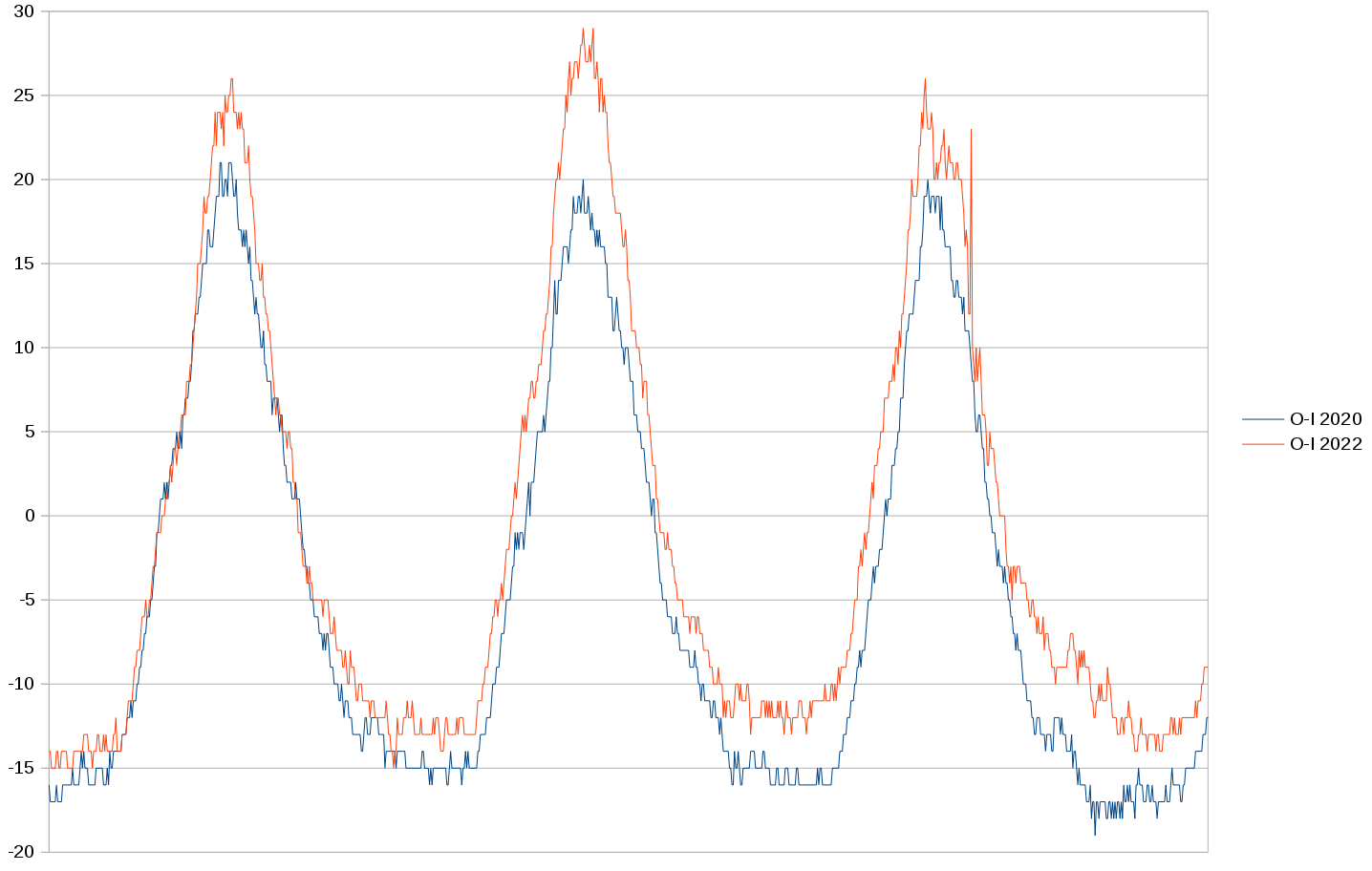
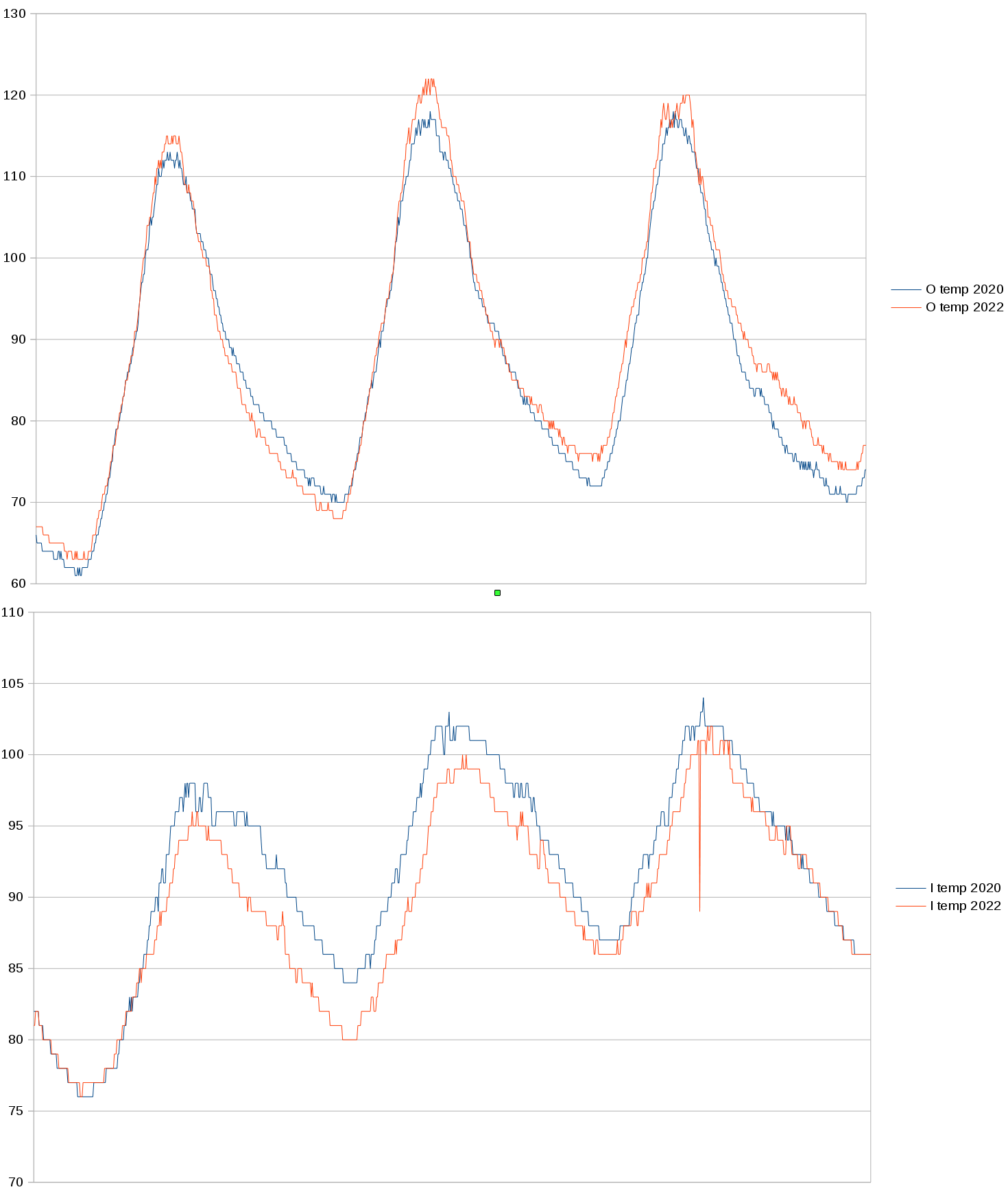
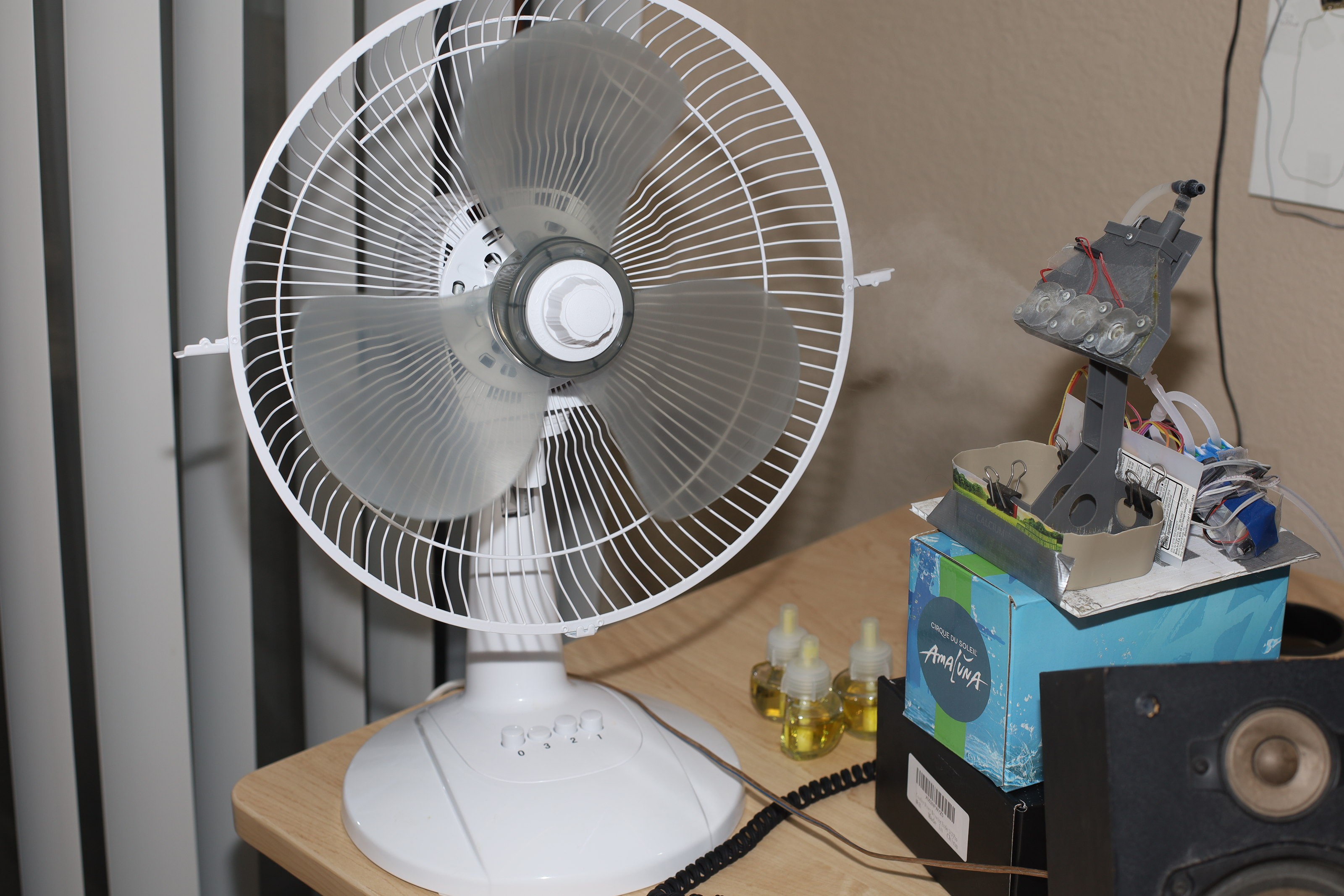
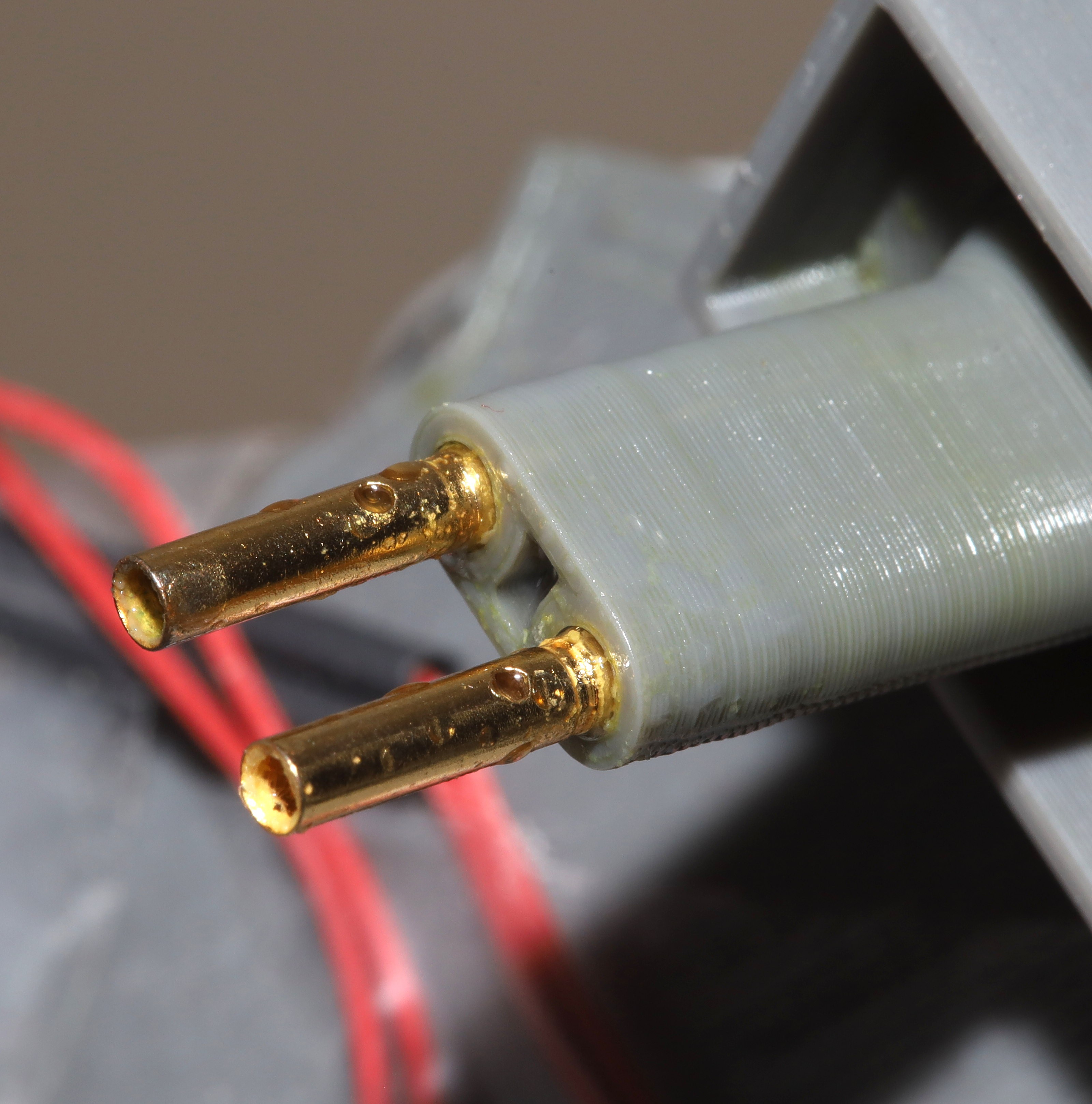
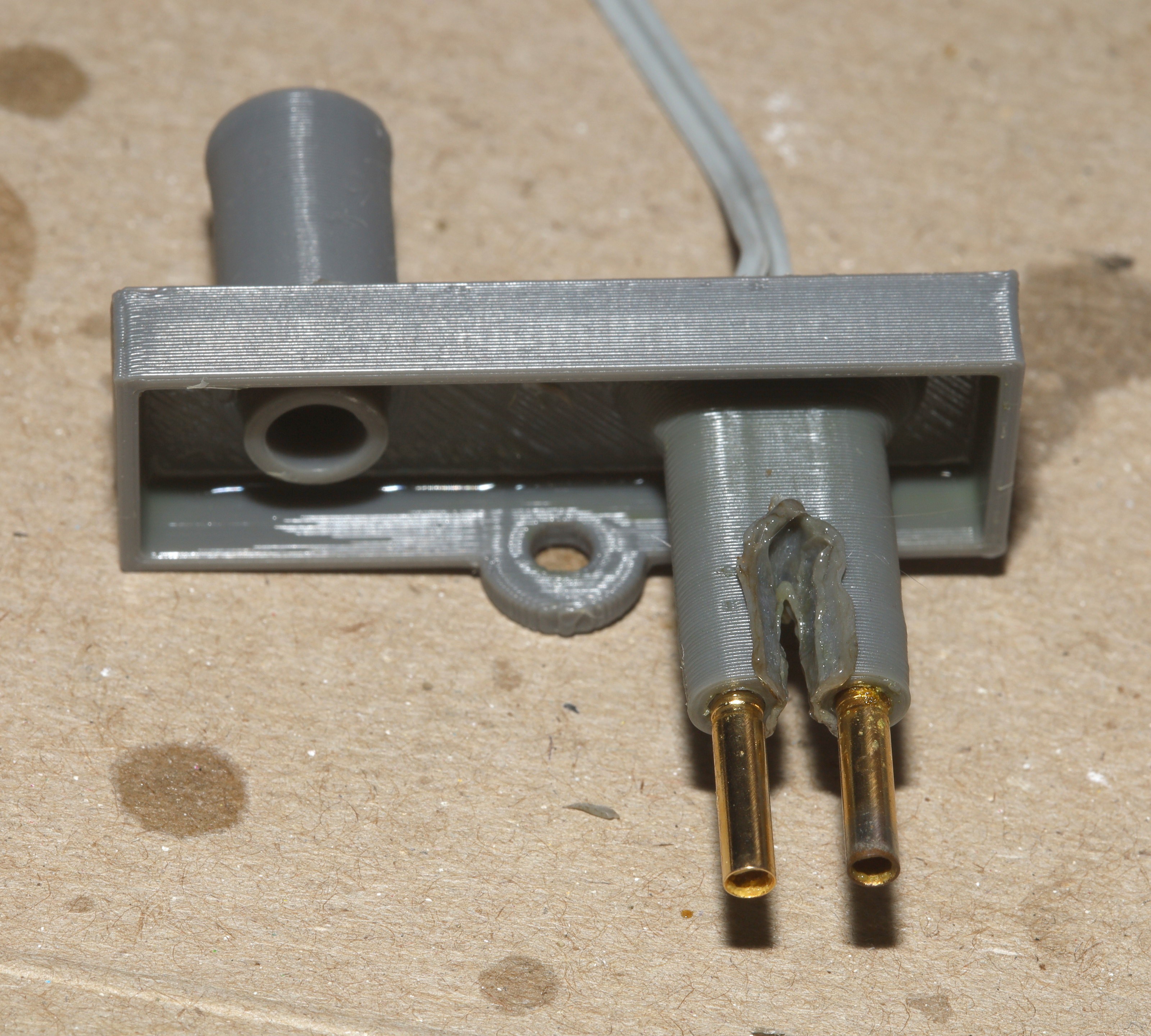
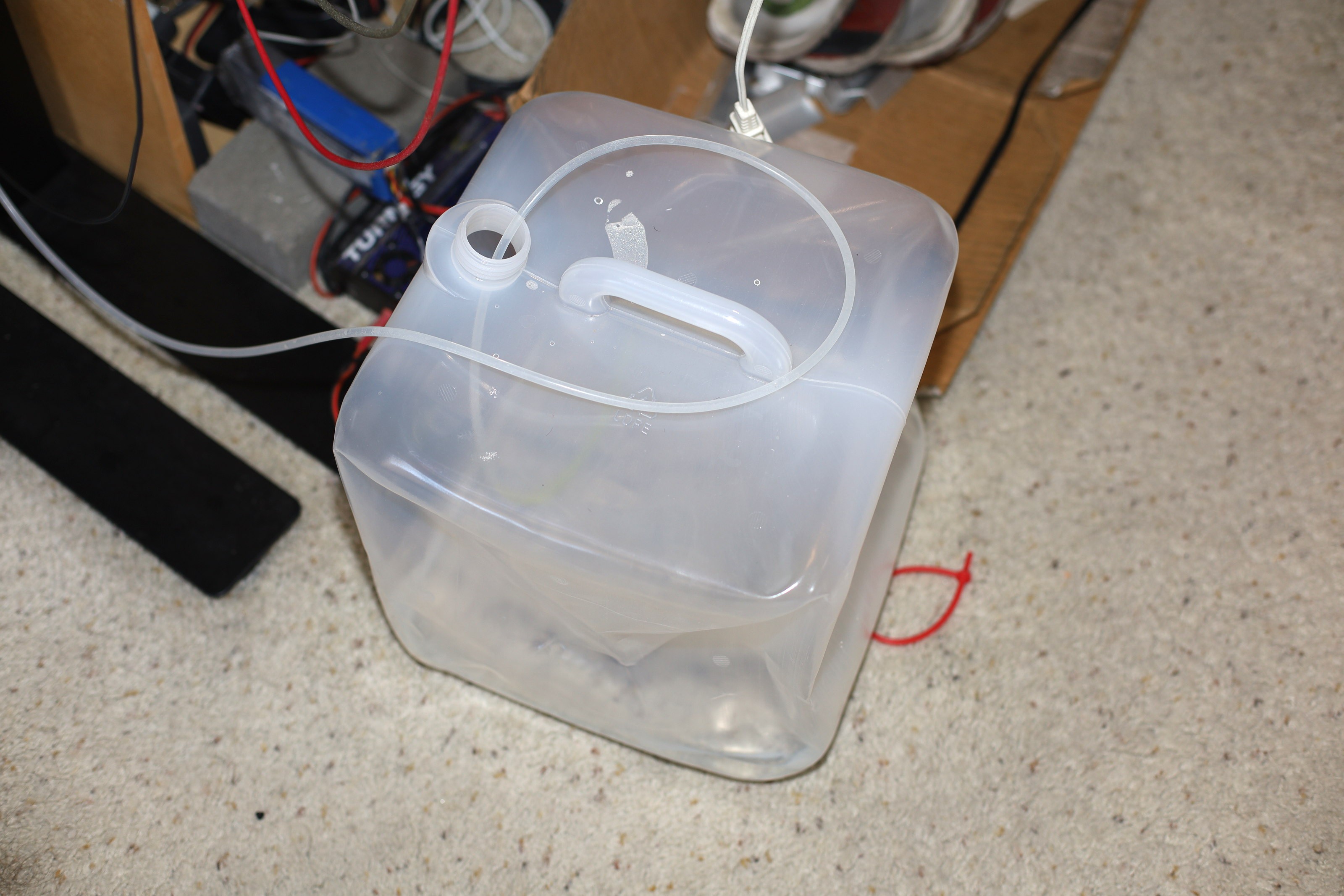
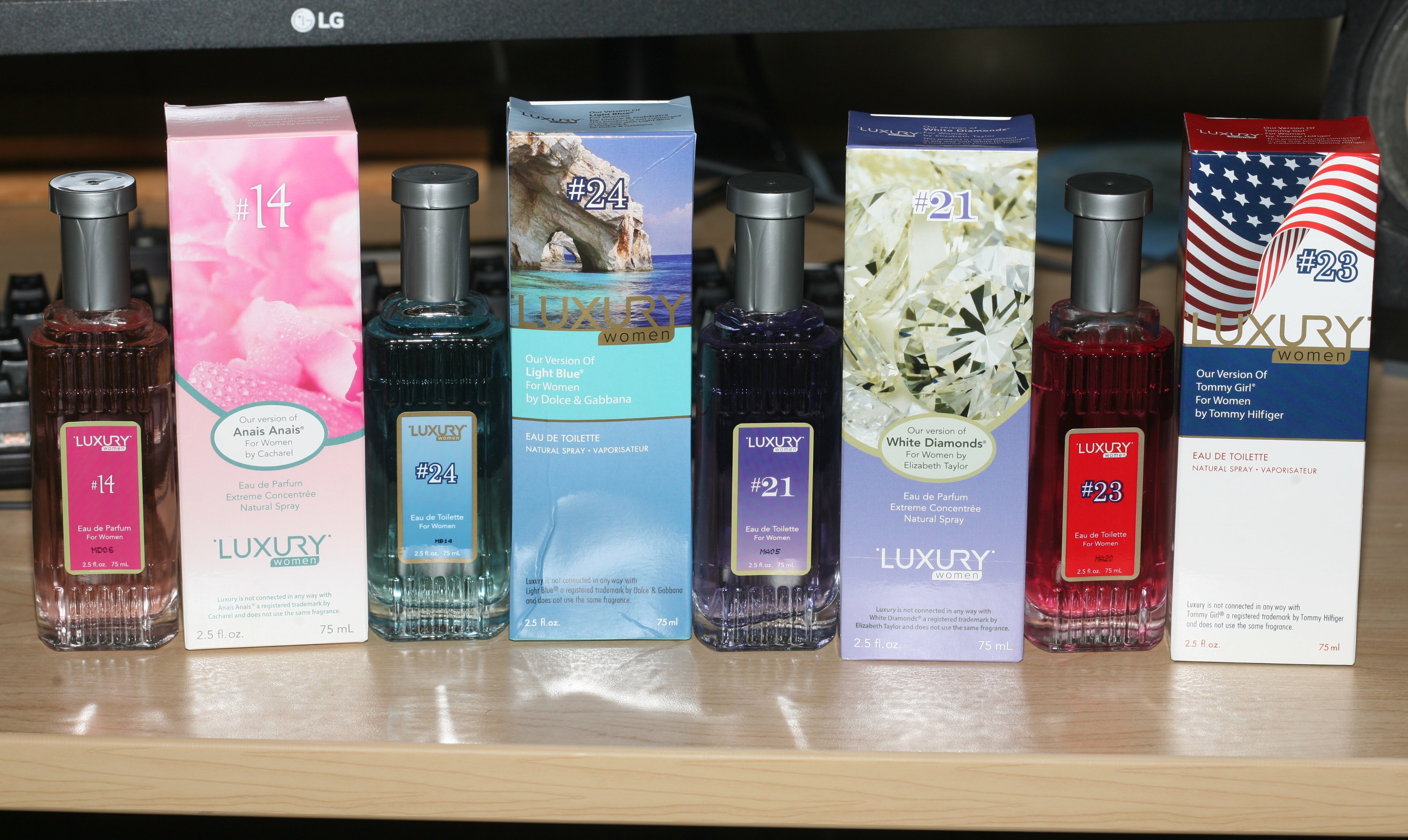
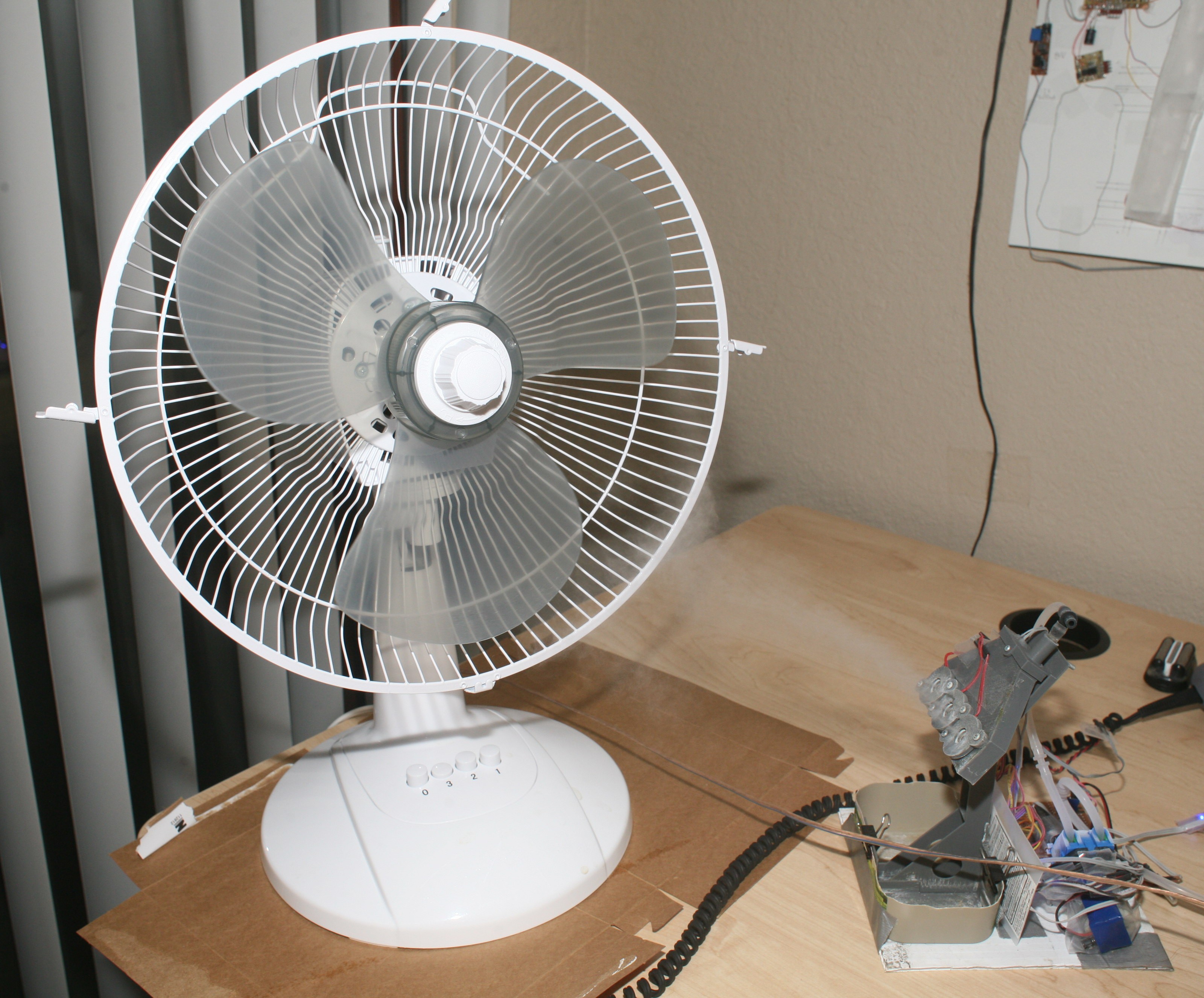
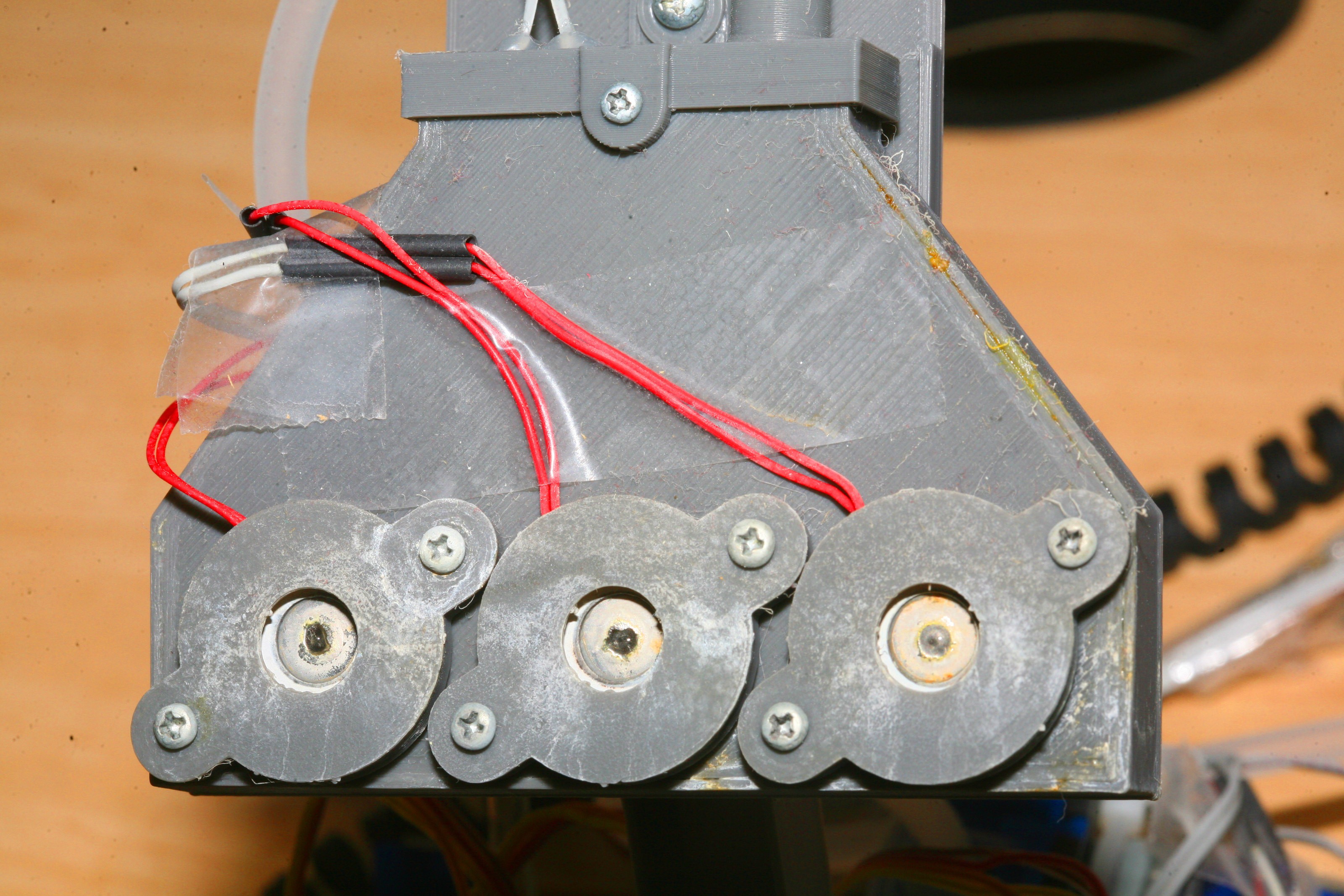
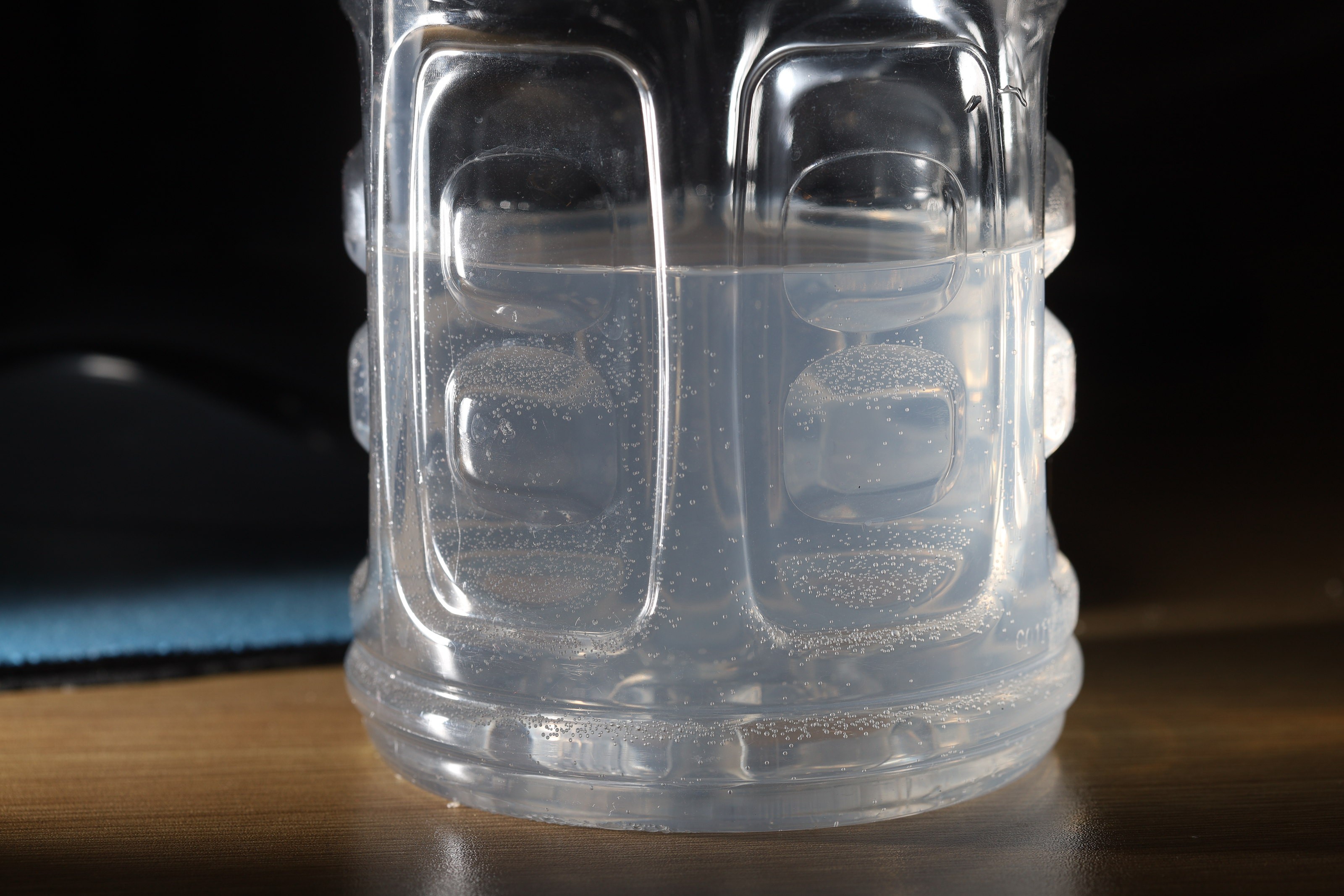
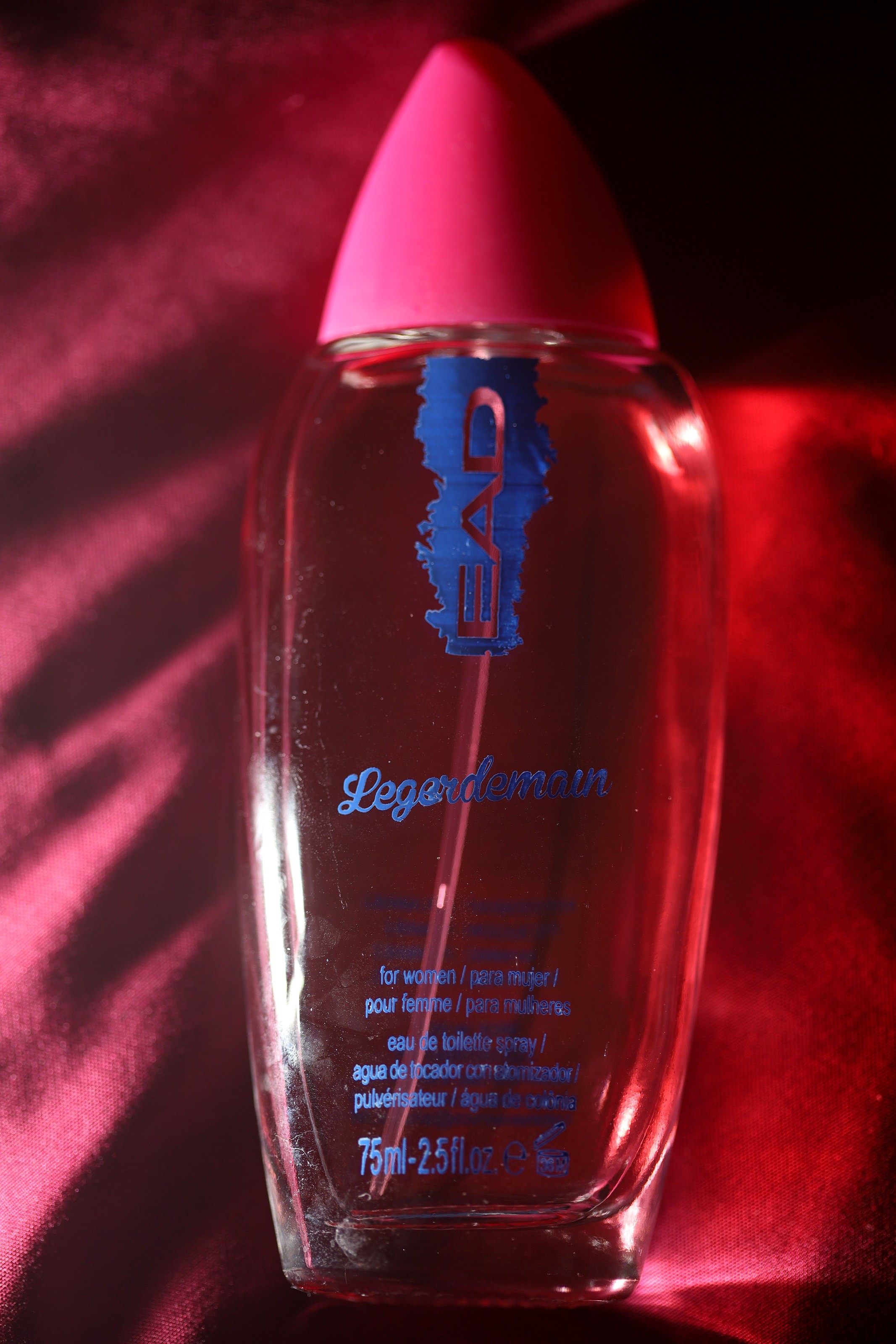
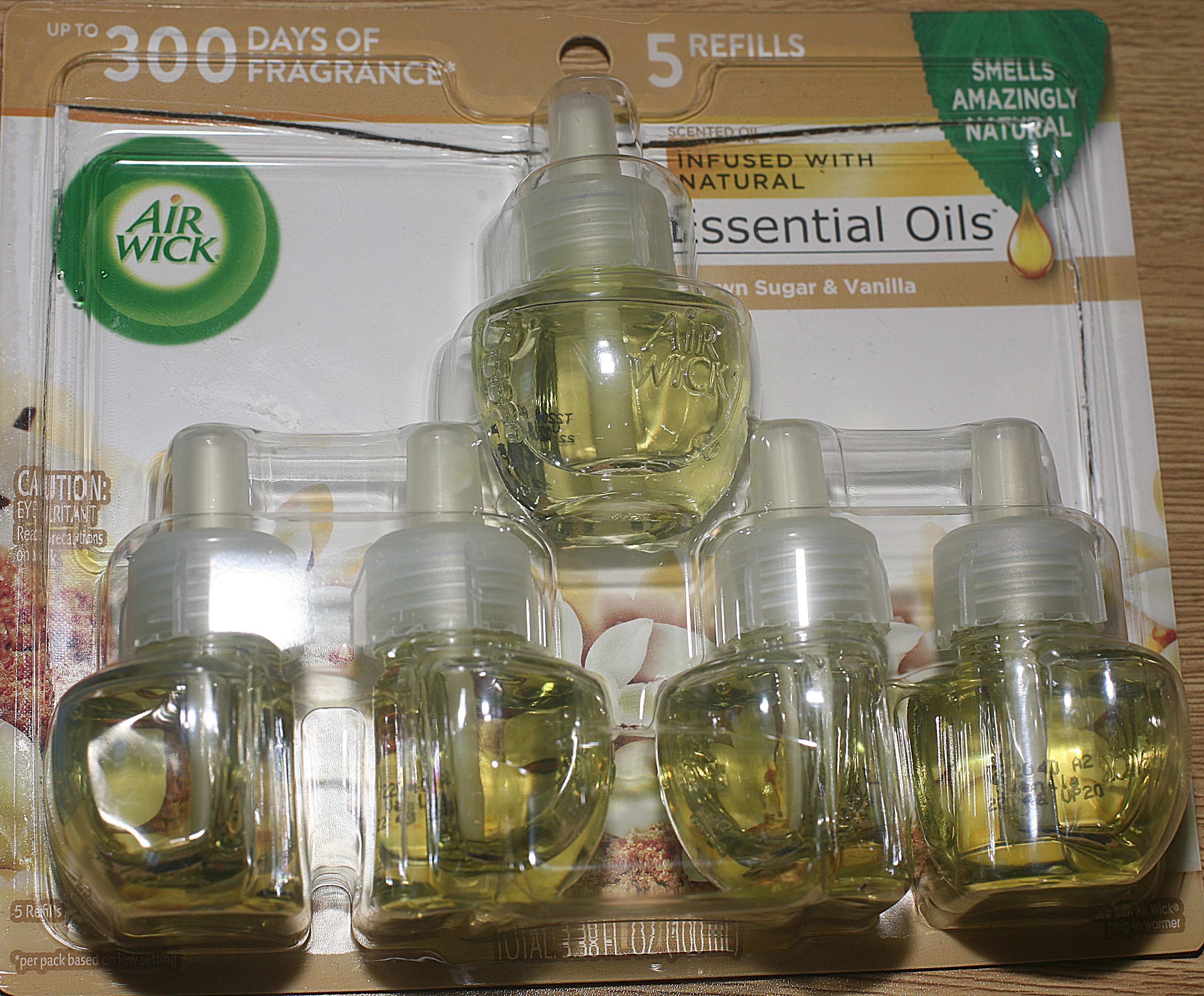
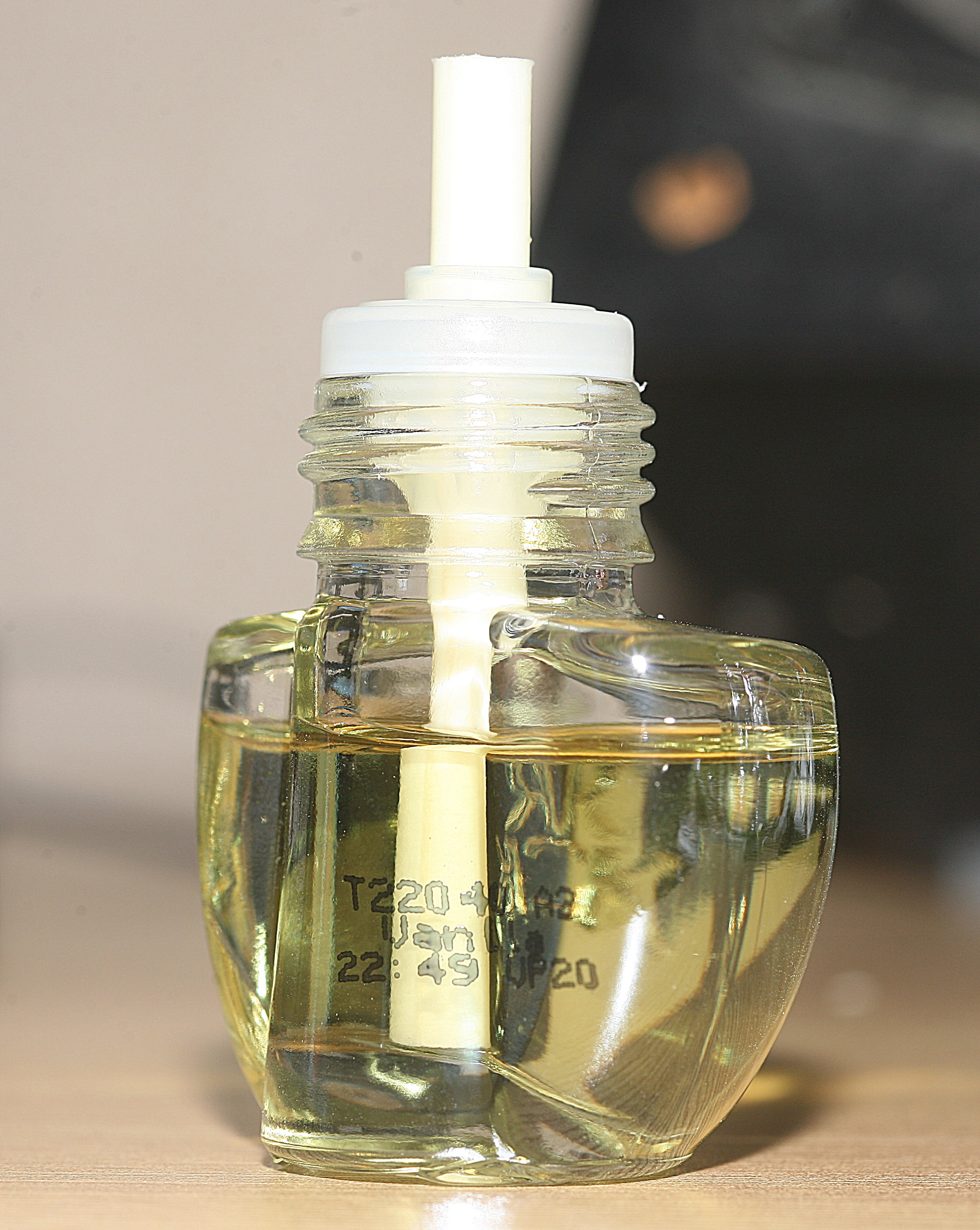
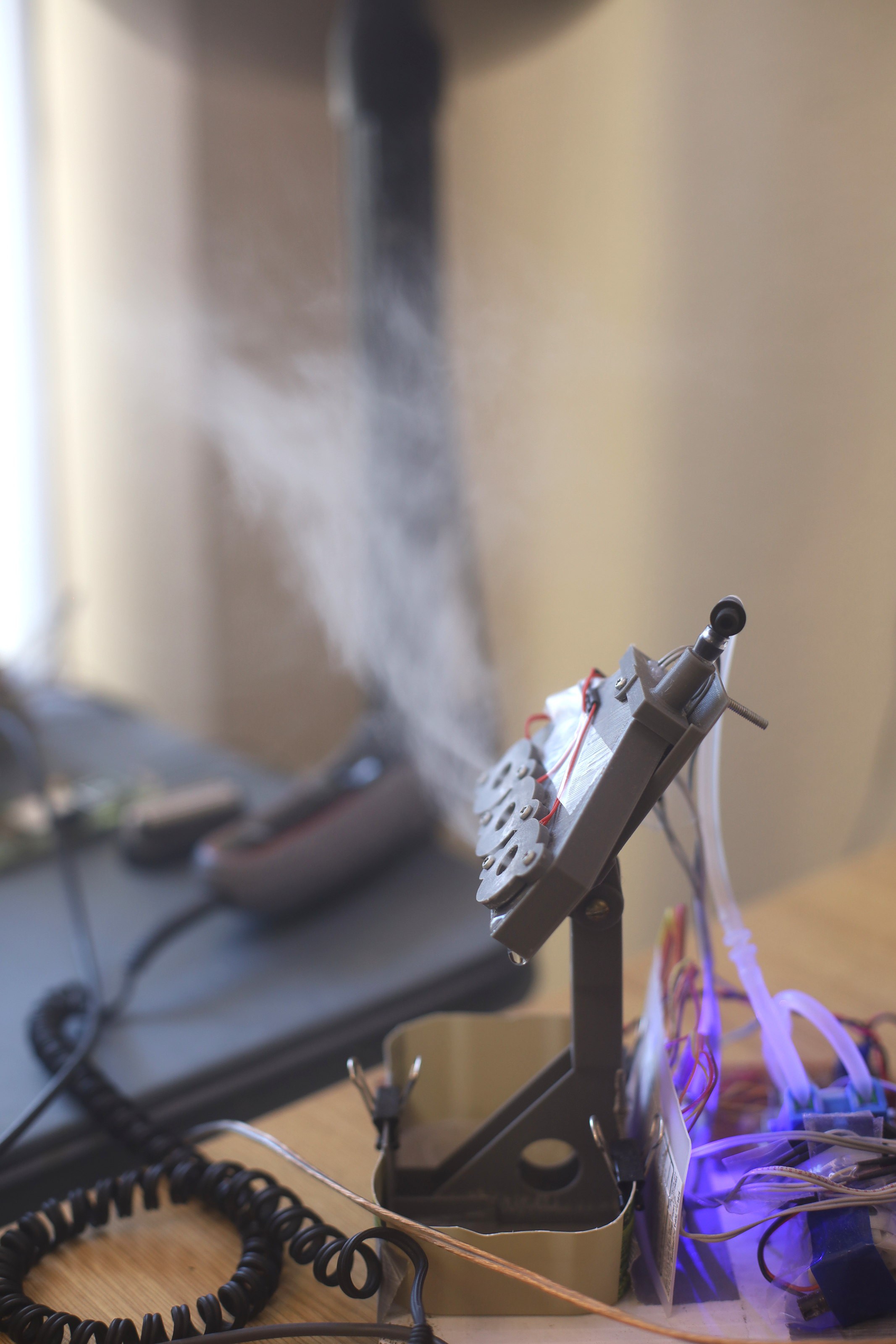
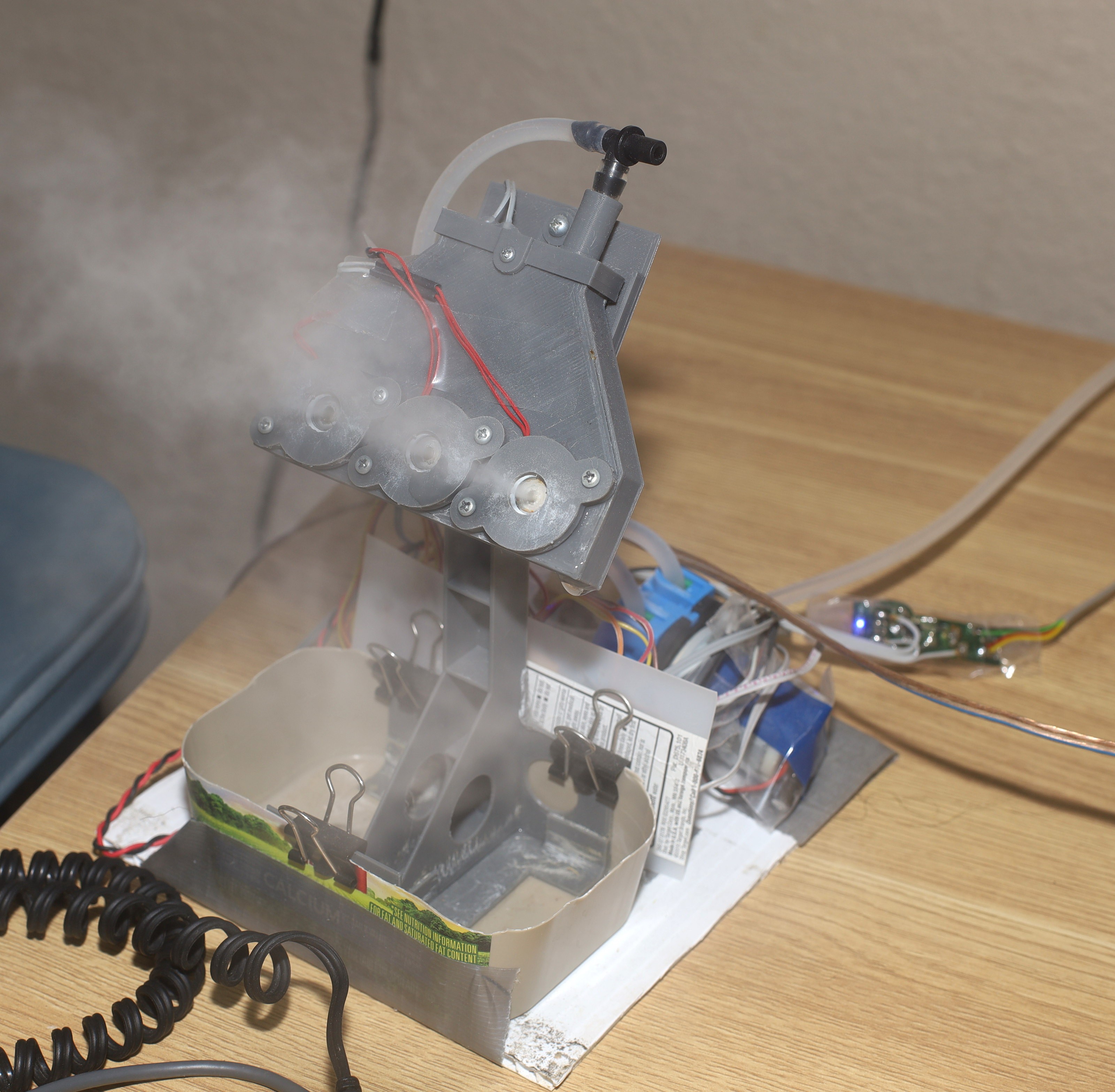
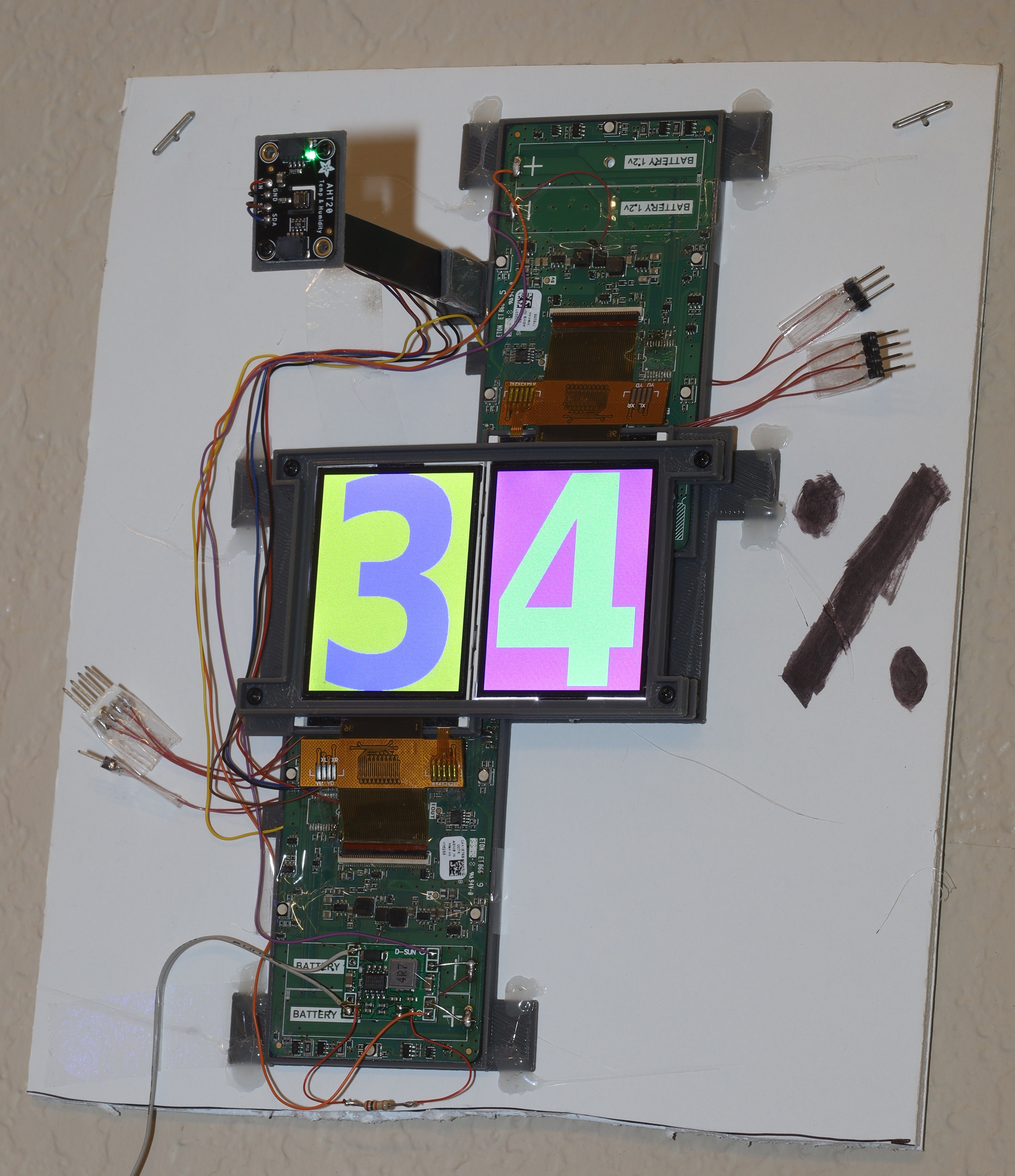
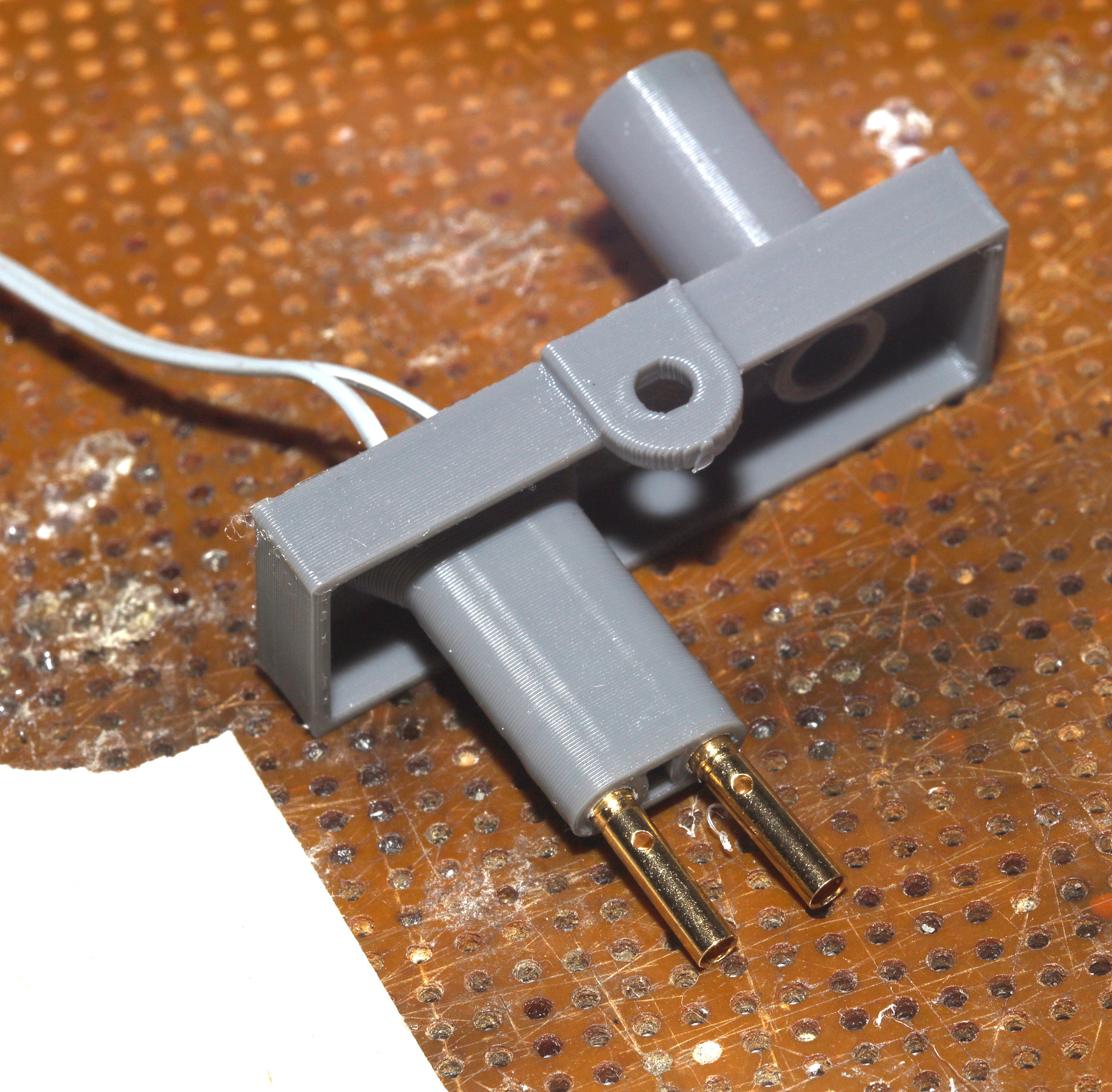
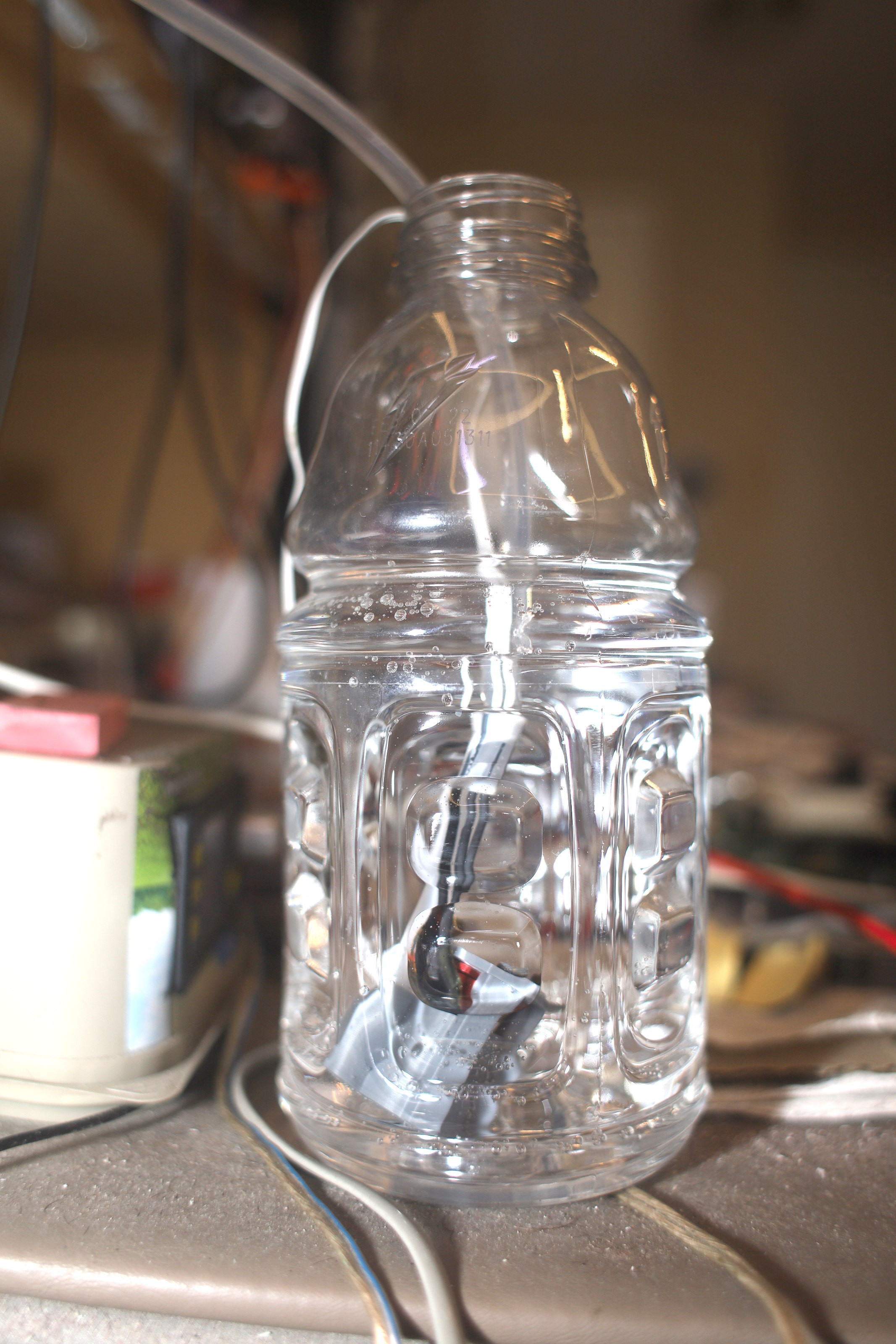
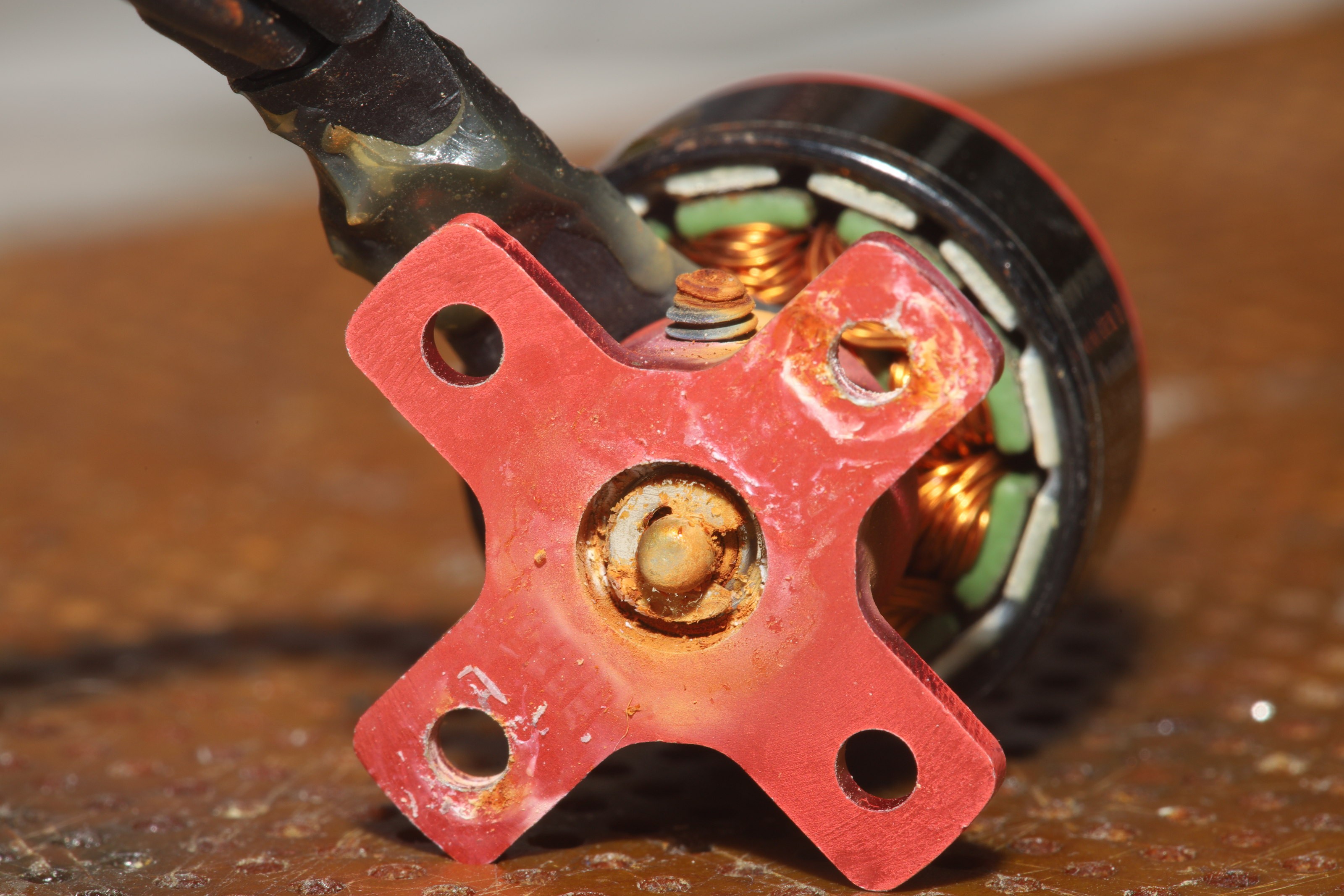
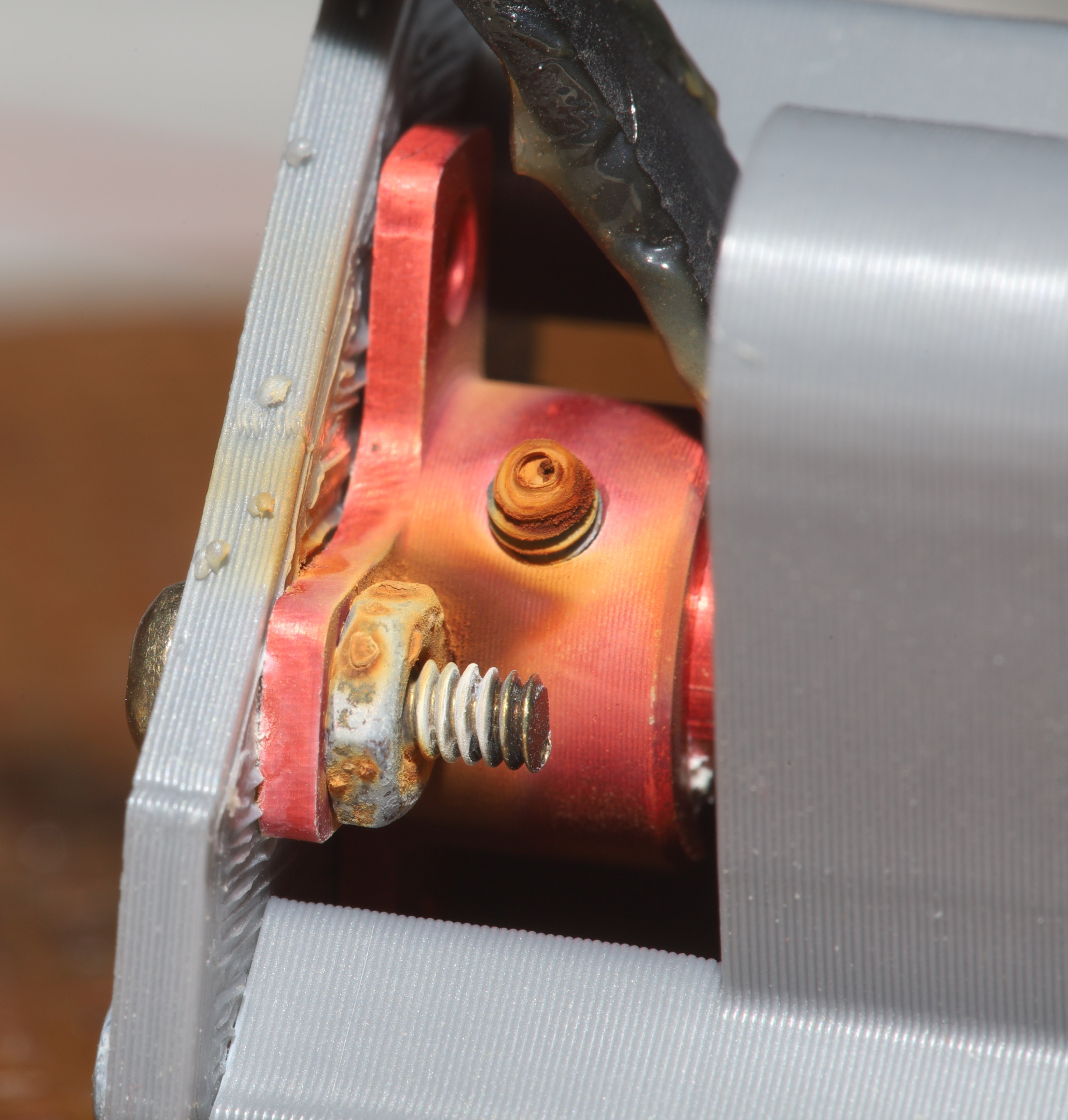
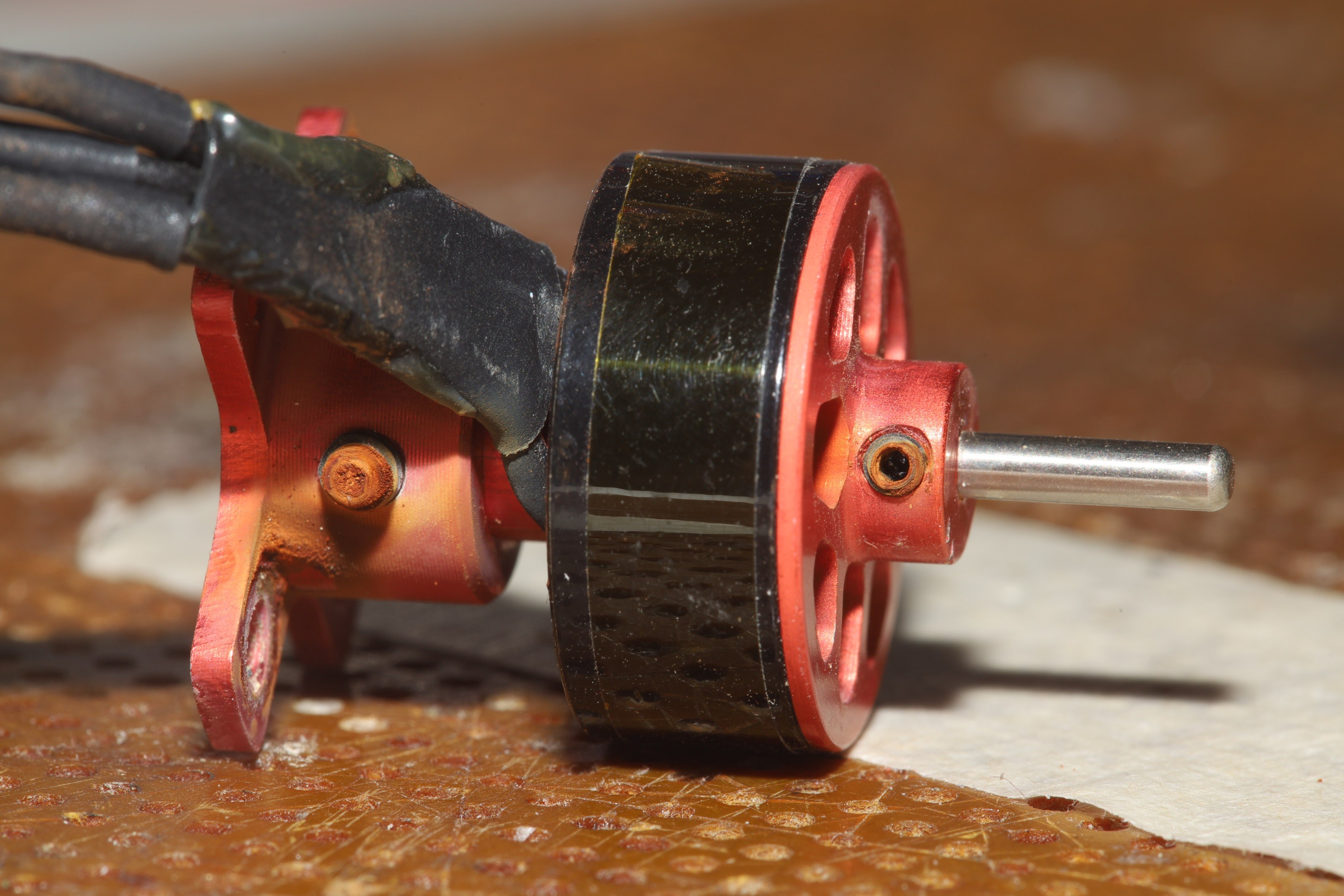
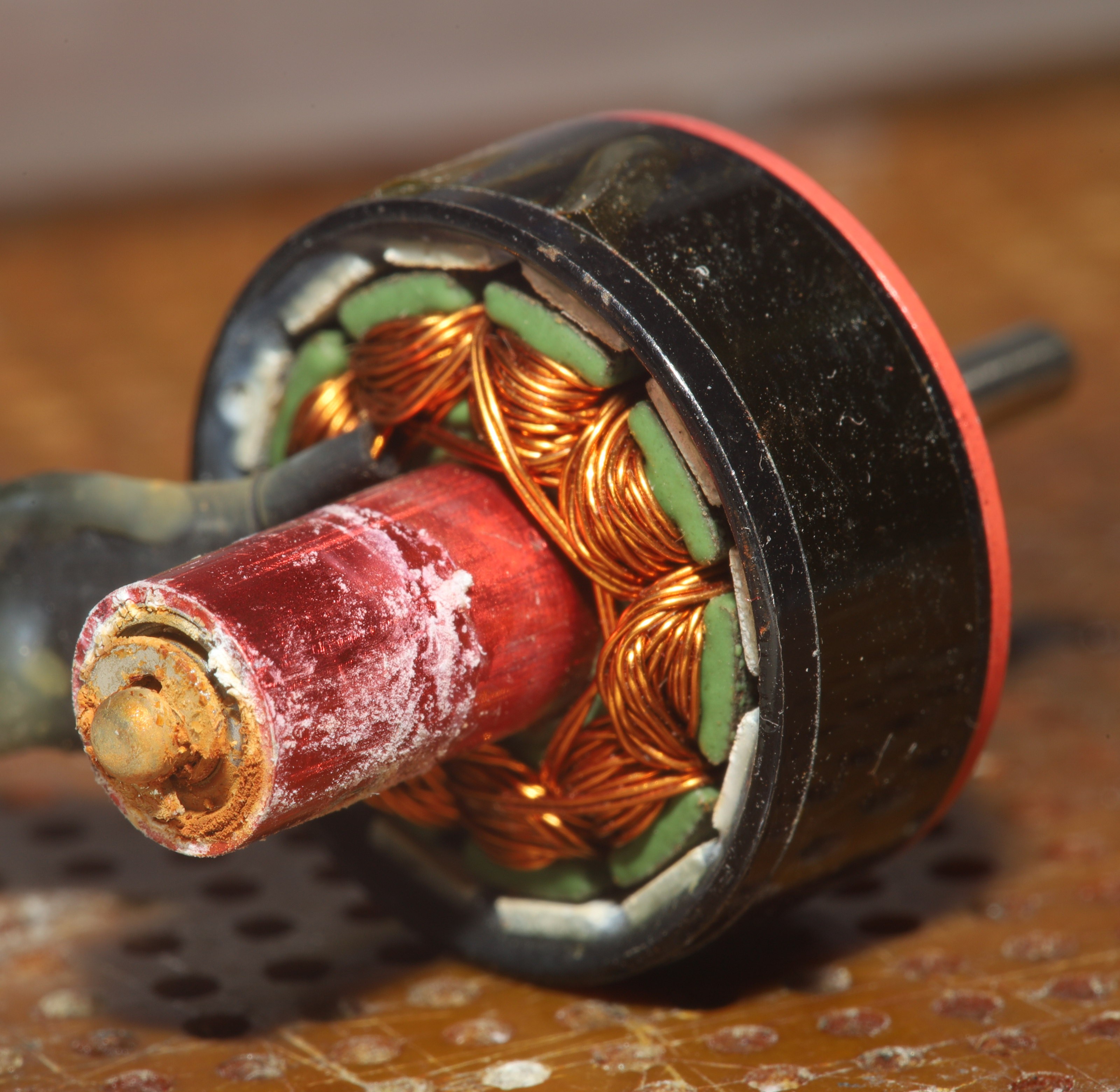
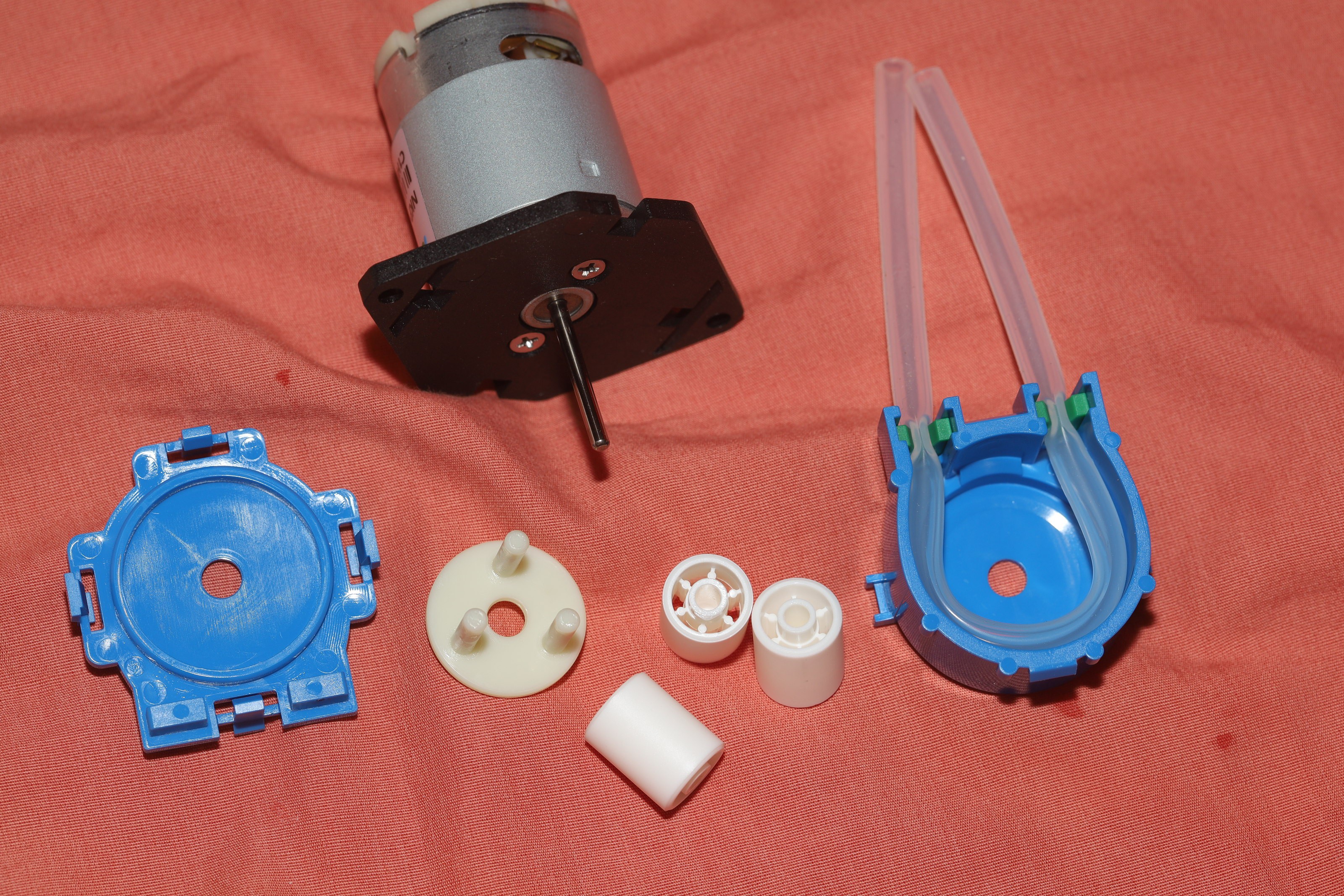
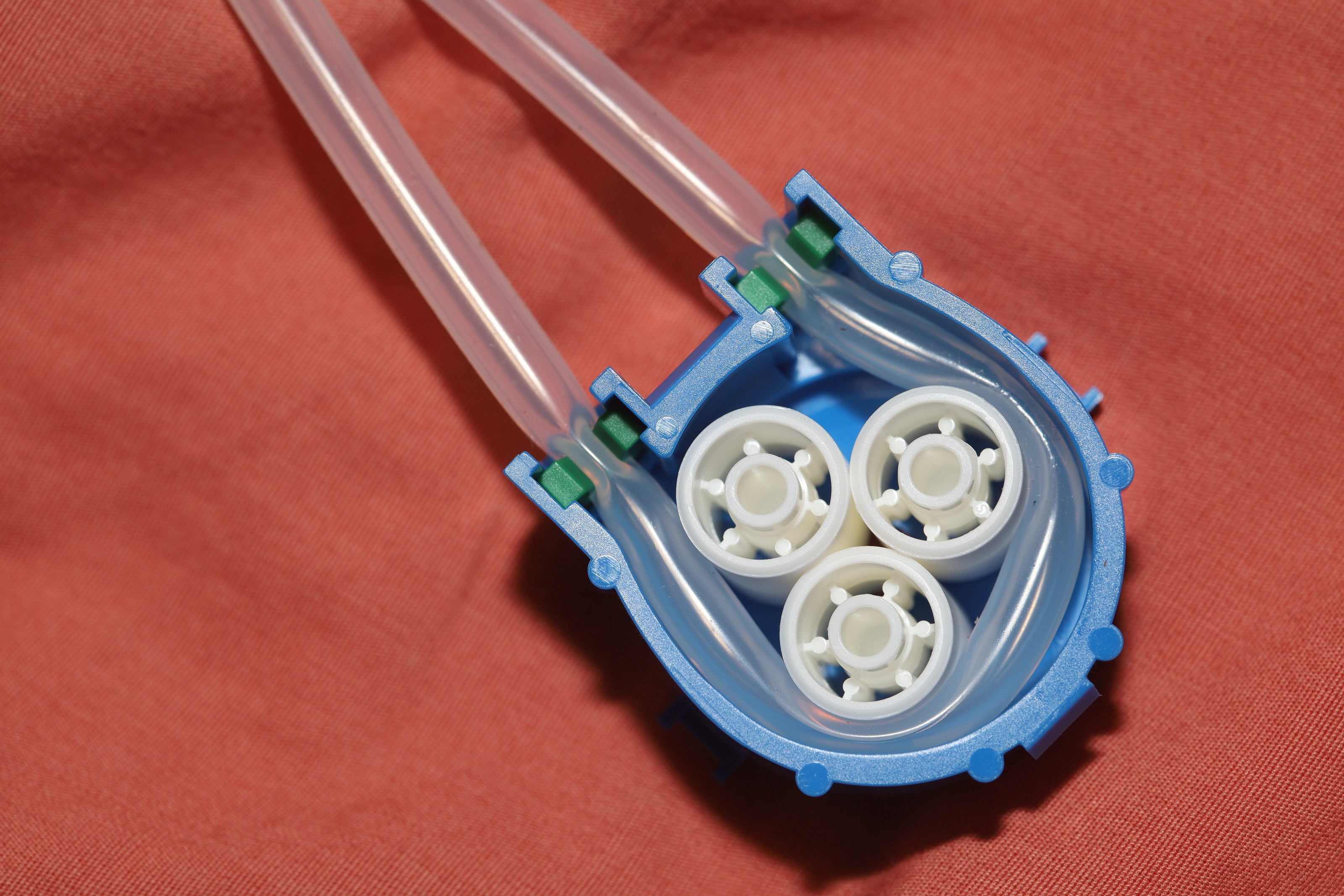 The rollers are precisely sized to press the tube closed & press the motor shaft.
The rollers are precisely sized to press the tube closed & press the motor shaft. 